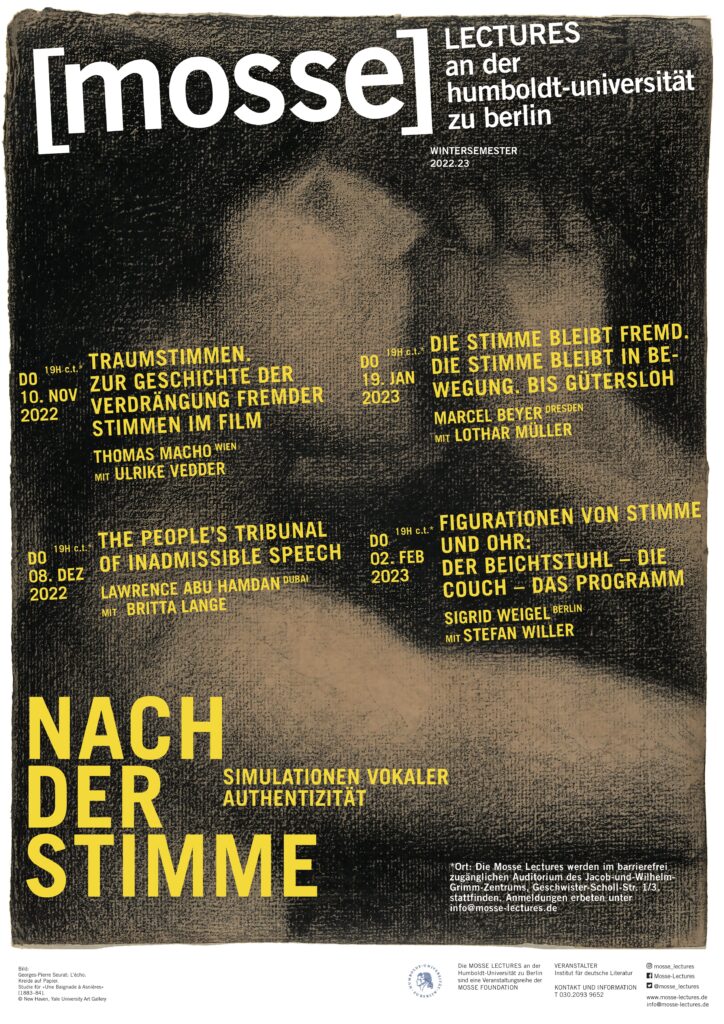Simulations of Vocal Authenticity
Winter 2022/23
Along with the face, fingerprints and DNA, the voice is considered unmistakable proof of the identity and singularity of an individual and is used under certain conditions in court and sound recordings as evidence. The voice is also used in (social) media to authenticate the speaker. Its unique prosody and spontaneous, ephemeral and fragile performance create a closeness and intimacy that even the face cannot match. In times of fake news, but also of a permanently imposing, gimmicky world of images in which the manipulation of visual media has long since become standard, the voice promises closeness, authenticity and depth. The software programs that have been shaking the very foundations of the voice’s promise of authenticity for some years now also work with the dimension of depth. Deep Fake Voices can be used to put sentences into people’s mouths that they have never said. For one thing, the Mosse Lectures want to ask about the historical precursors and aesthetic anticipations of those digital voice simulations. What history of voice and speech synthesis do Deep Fake Voices tie into and how were they narratively anticipated – from Johannes Kepler’s dream of an artificially imitable voice (Somnium sive astronomia lunaris, 1634) to Andres Veiel’s Ökozid (2020), a cinematic foresight into the political consequences of manipulated voice and video recordings? A look back reveals the enormous poetic potential of voice simulation, which has also had a decisive influence on the history of the art of singing and acting. Furthermore, it is important to discuss the consequences of the current developments in voice simulation. To what extent can Deep Fake Voices give their voice back to those who have lost it, for example through illness or accident? What copyright issues do the appropriation and recomposition of voices raise? What are the legal implications of the diminishing reliability of the voice as evidence and the use of Deep Fake Voices for criminal purposes? How do digitally simulated voices relate to current findings in emotional psychology that the voice is less capable of lying than the face? What does it do to us when we can no longer trust the voice – in everyday communication situations, but also in political contexts?
Please note that the lectures are located in the “Auditorium” of Jacob-und-Wilhelm-Grimm-Zentrum during this winter term. You will get there by entering the libary’s entrance in Geschwister-Scholl-Str. 1/3, 10117 Berlin.
Thomas Macho
»Traumstimmen. Zur Geschichte der Verdrängung fremder Stimmen im Film«
with Ulrike Vedder
Thursday, 10 November 2022 | 7.15 pm | Auditorium of Jacob-und-Wilhelm-Grimm-Zentrum, Geschwister-Scholl-Str. 1/3 (Berlin)*
Mein Vortrag wird sich in drei Teile gliedern. Im ersten Teil werde ich über das Stimmenhören – jenseits von immer noch verbreiteter Pathologisierung als Symptom der Schizophrenie – sprechen, unter Bezug auf jüngere Forschungen zur Geschichte und Wissenschaft der inneren Stimmen (Charles Fernyhough, Tanya M. Luhrmann, Ruvanee P. Vilhauer), aber auch auf zwei Romane, die um das Stimmenhören indigener Hauptfiguren kreisen, und zwar »Eisejuaz« von Sara Gallardo (aus dem Jahr 1971, die deutsche Übersetzung von Peter Kultzen erschien 2017), sowie »Menschentier« von Indra Sinha (aus dem Jahr 2007, die deutsche Übersetzung von Susann Urban erschien 2011). Welche Stimmen, so werde ich fragen, hören wir im Traum, im Rhythmus des Gehens, in Krisen und Konflikten, aber auch beim Lesen und Schreiben? Der zweite Teil meines Vortrags wird danach die Geschichte der Stimm- und Sprachsynchronisation im Film kurz umreißen, ausgehend von einem Zeichentrickfilm der Disney-Company über »Donald’s Dream Voice« (aus dem Jahr 1948). Am Rande werde ich auch einige Audio-Beispiele der auf zwei CDs erschienenen Sammlungen »Liebesgrüße aus Hollywood« (von 1999 und 2002) kommentieren, auf denen deutsche Synchronsprecher*innen prominenter US-Filmstars deutsche Lyrik vortragen. Im dritten Teil soll dann die digitale Stimme im Mittelpunkt stehen, etwa unter Bezug auf Beispiele aus Computerspielen, die das Stimmenhören in virtuellen Welten (für die Kopfhörer der Spieler*innen) simulieren.
gallery:
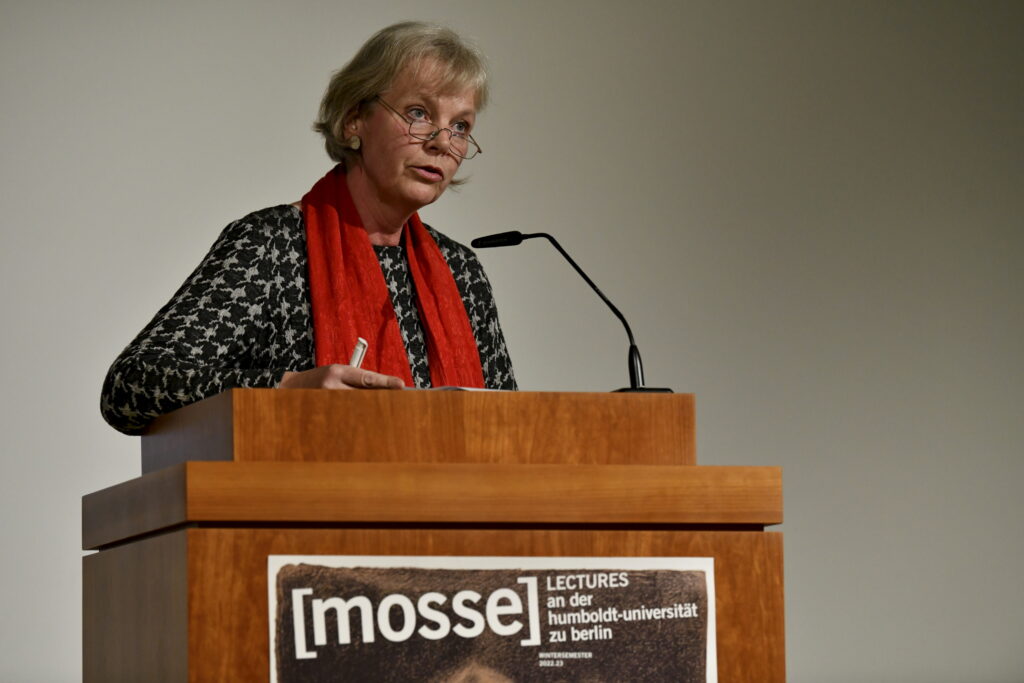
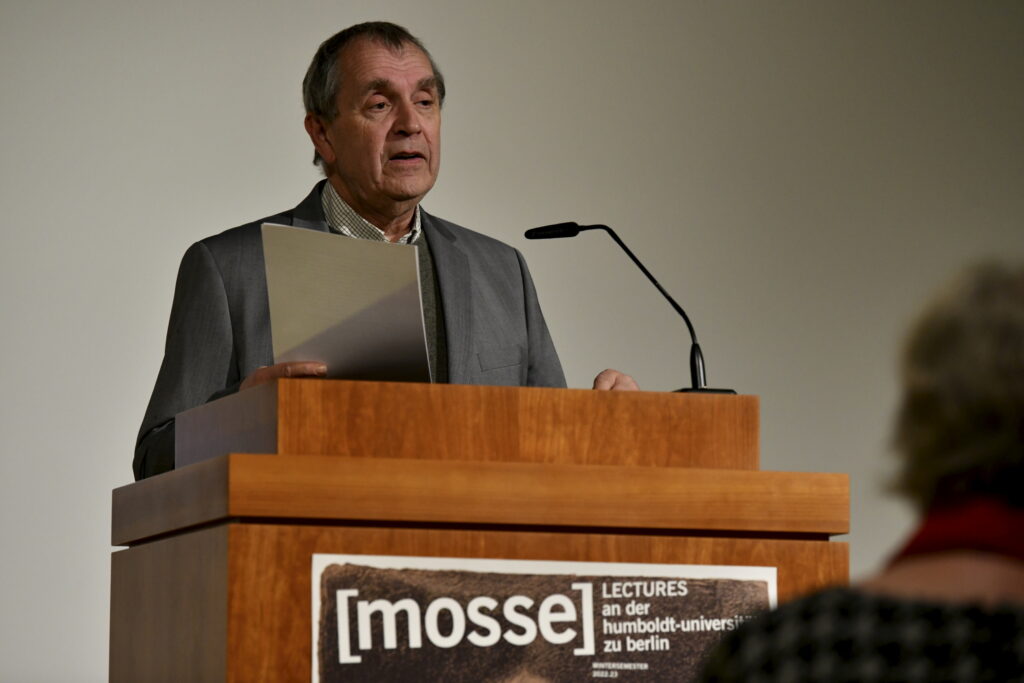
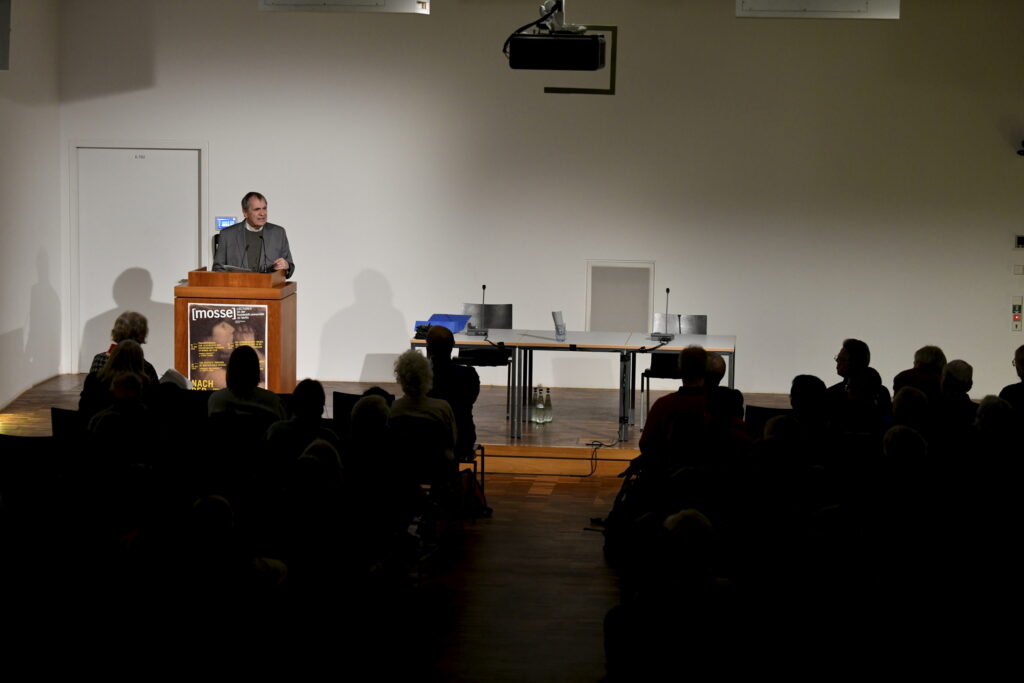
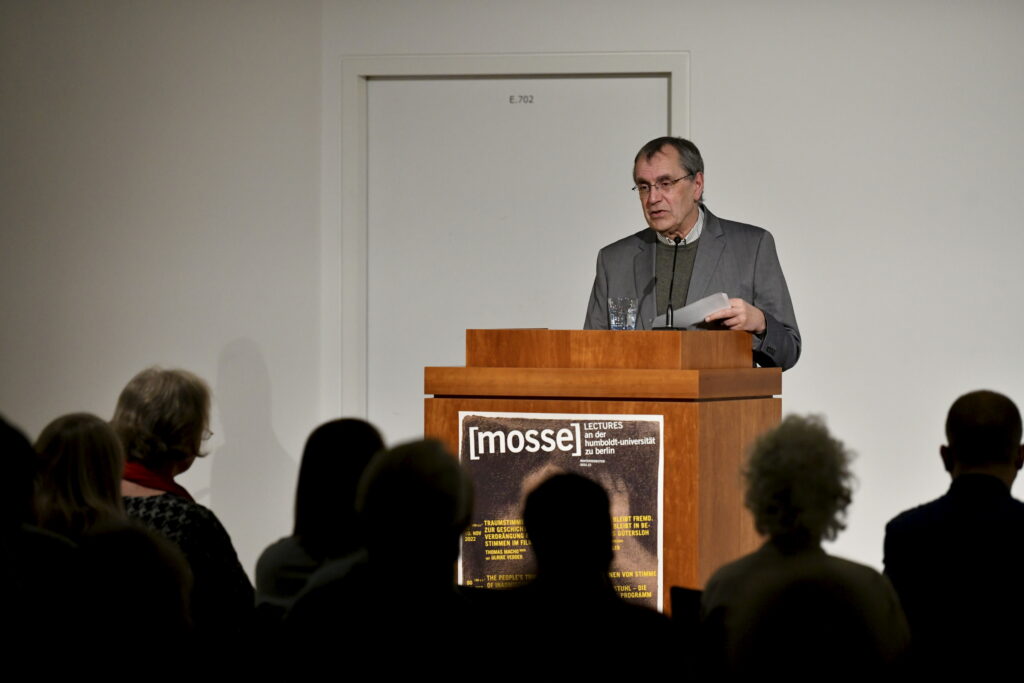
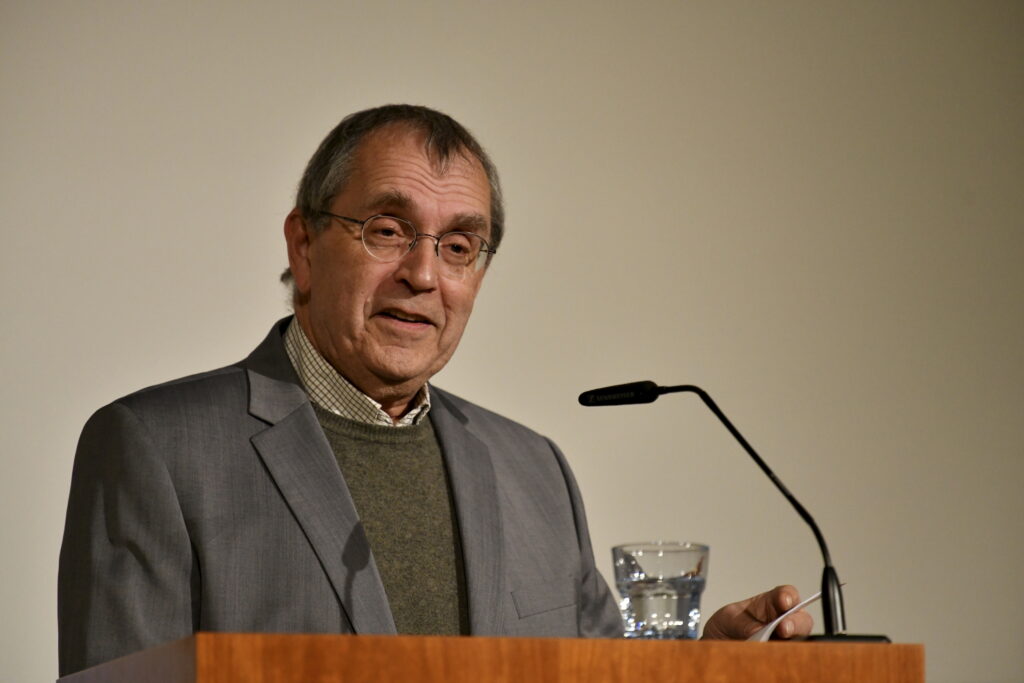
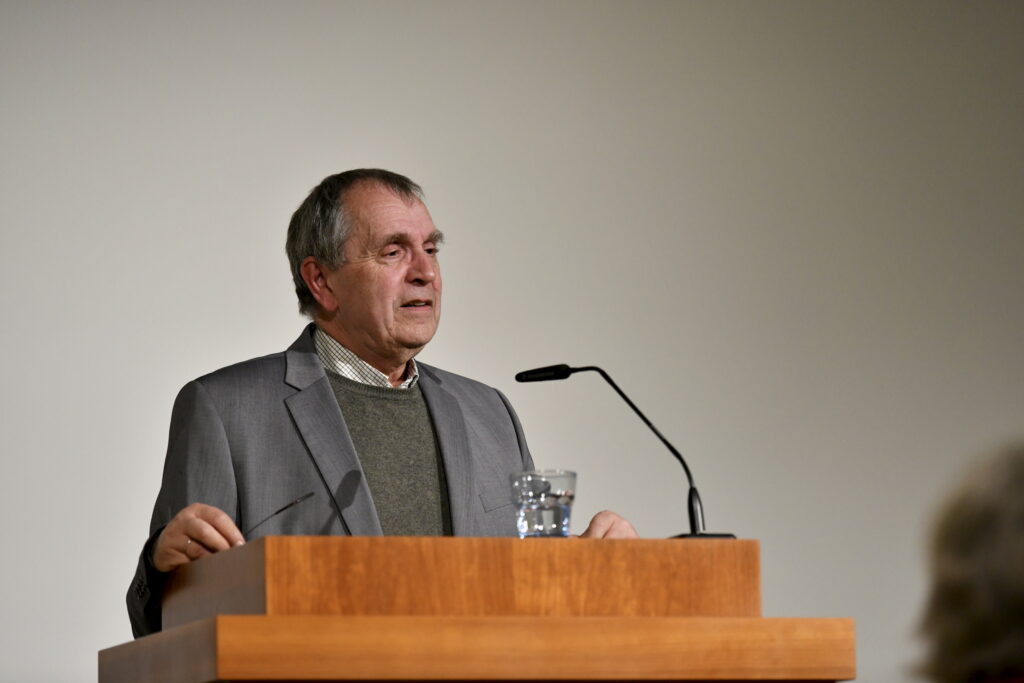
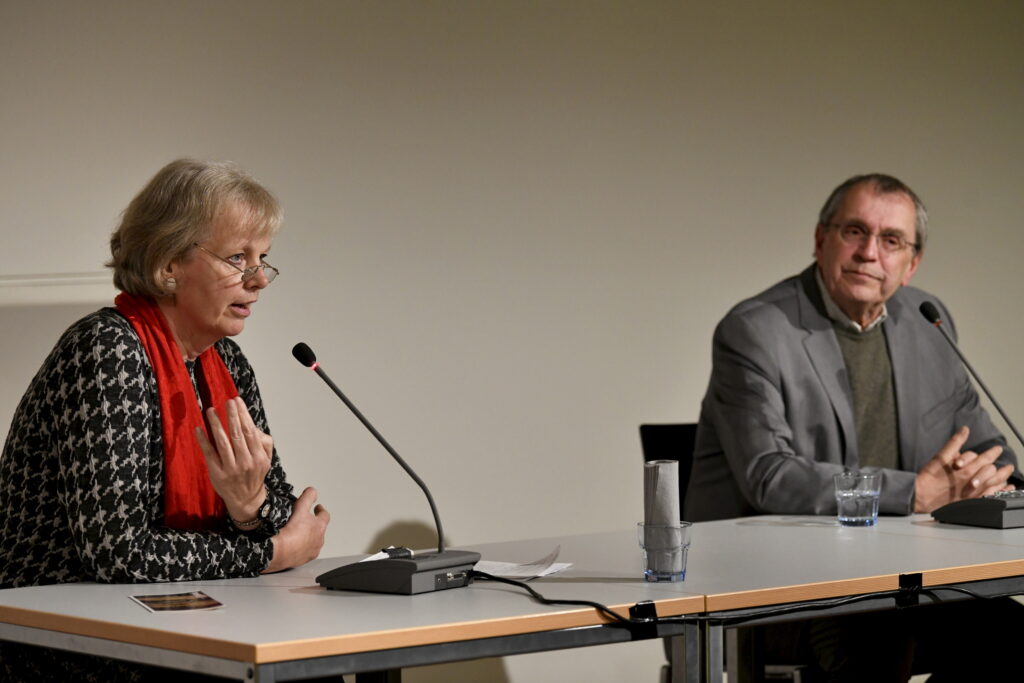
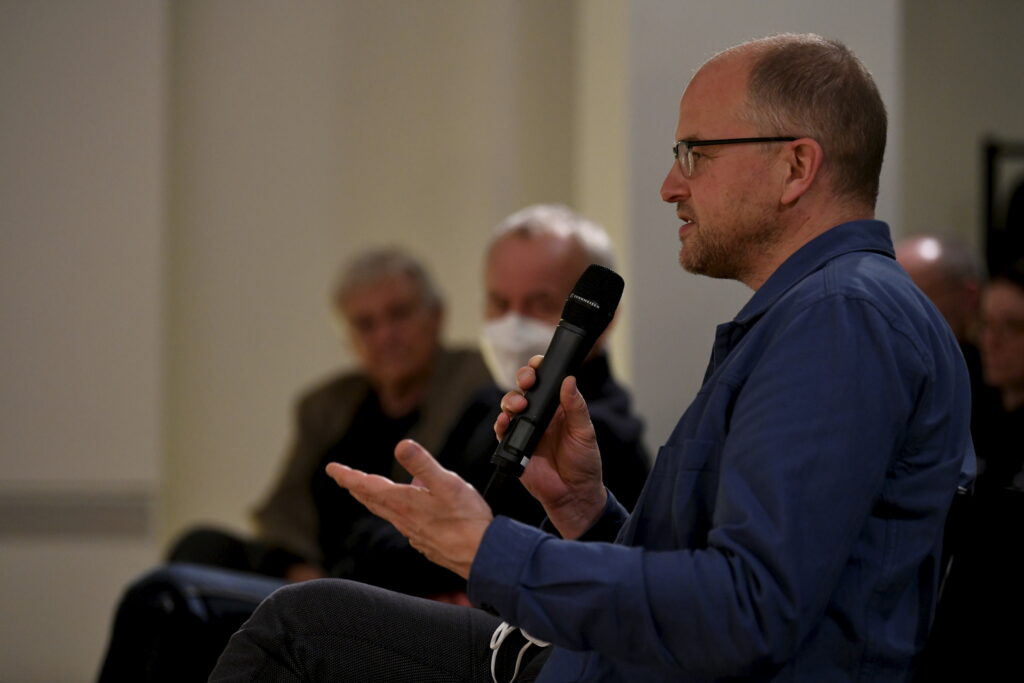
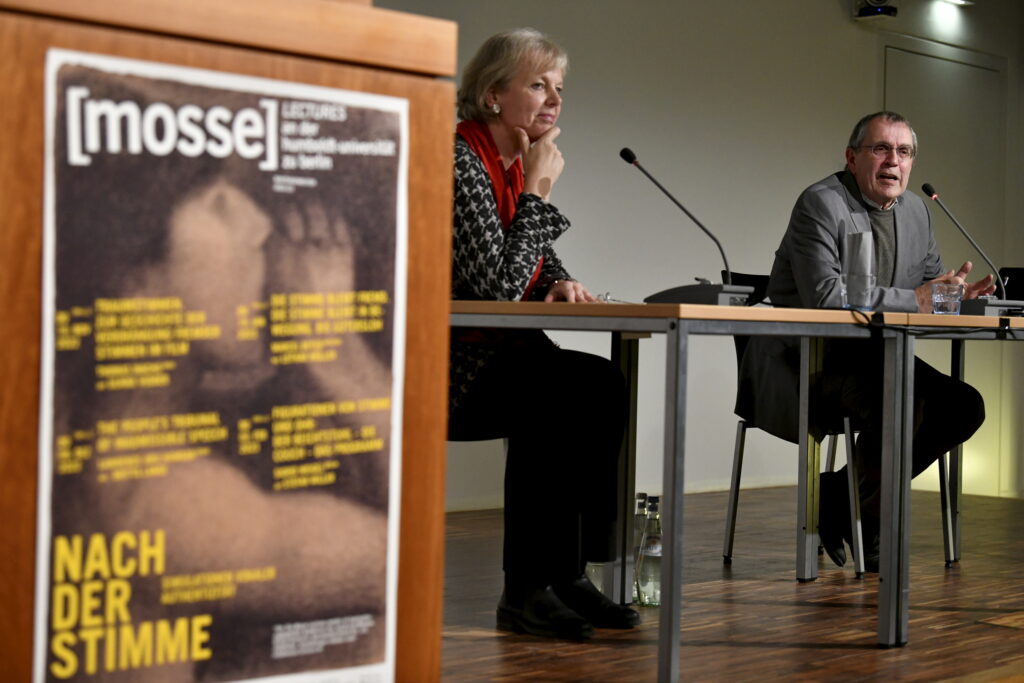
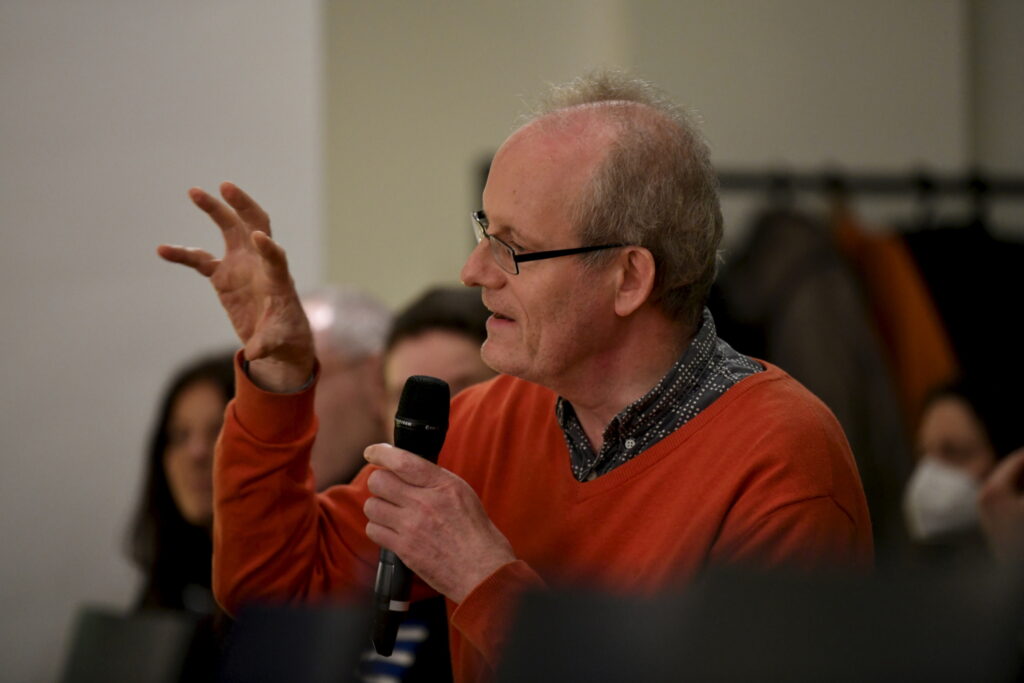
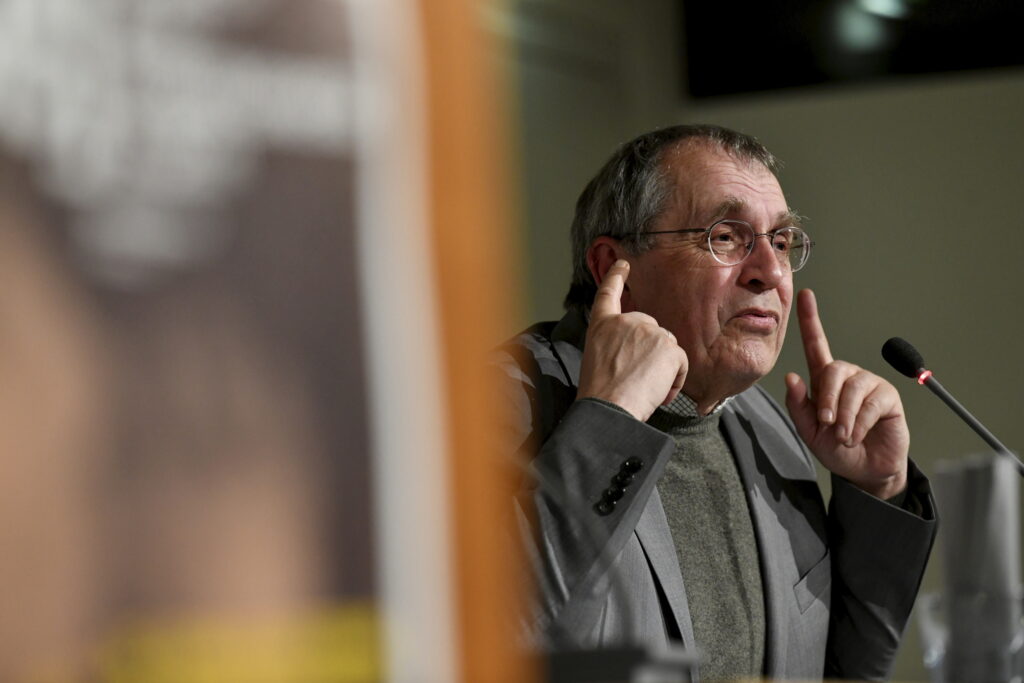
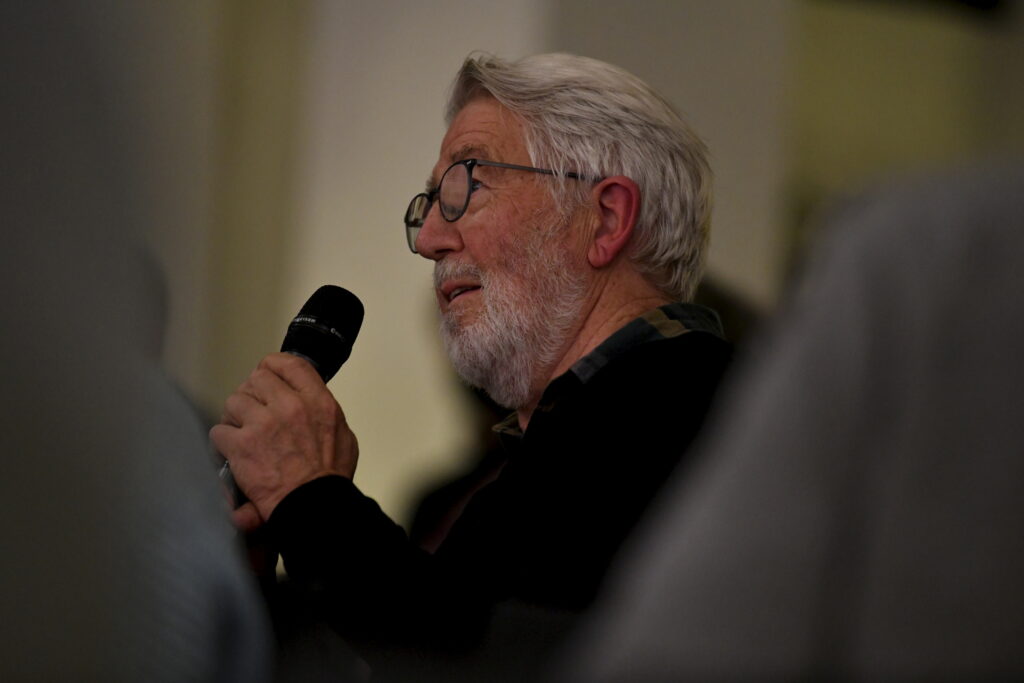
Lawrence Abu Hamdan
»The People‘s Tribunal of Inadmissible Speech«
with Britta Lange
Thursday, 8 December 2022 | 7.15 pm | Auditorium of Jacob-und-Wilhelm-Grimm-Zentrum, Geschwister-Scholl-Str. 1/3 (Berlin)*
The talk will propose different categories of witnessing, evidence, and the production of truth, which inturn necessitate new practices of listening. By presenting the recent projects by the artist, this talk will focus on the aesthetic strategies required to produce conditions for listening to testimony that sits awkwardly in the forums we conventionally designate for the production of truth and history.
gallery:
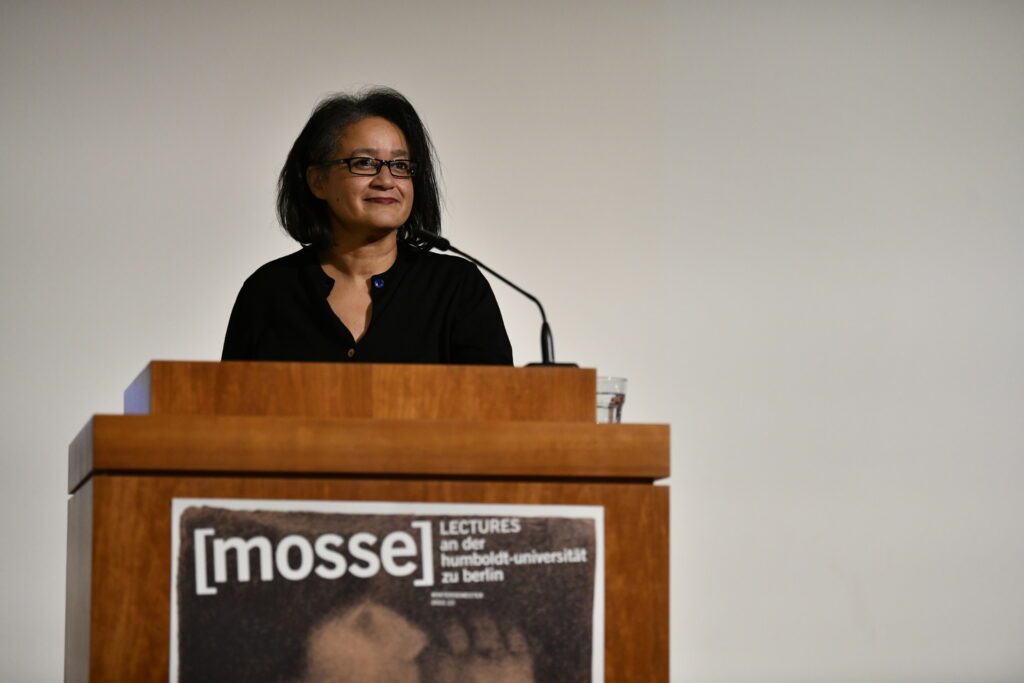
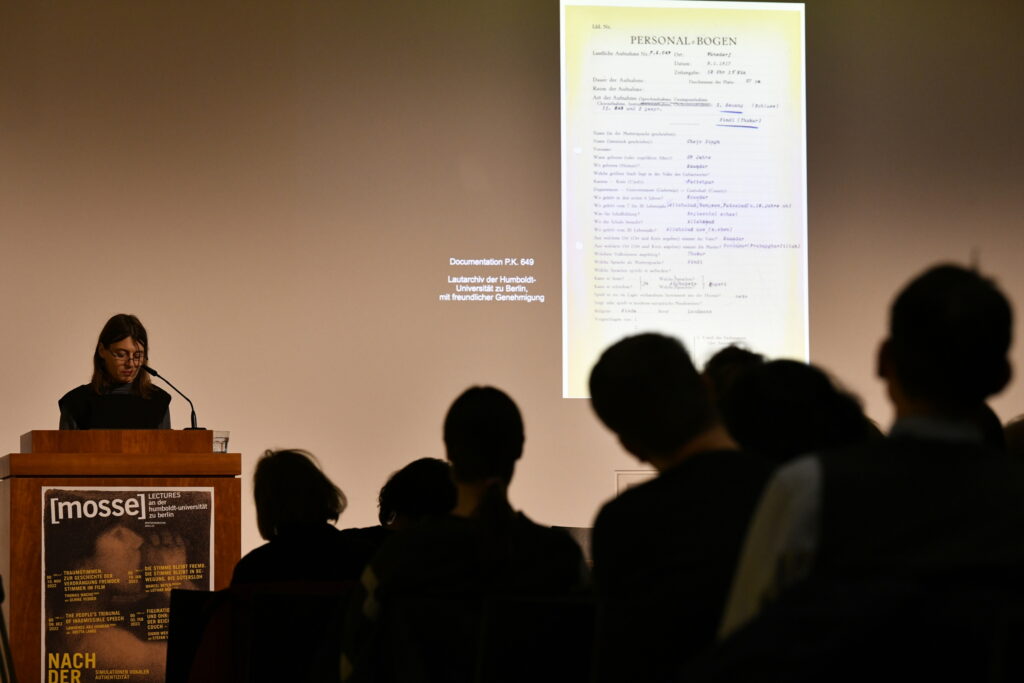
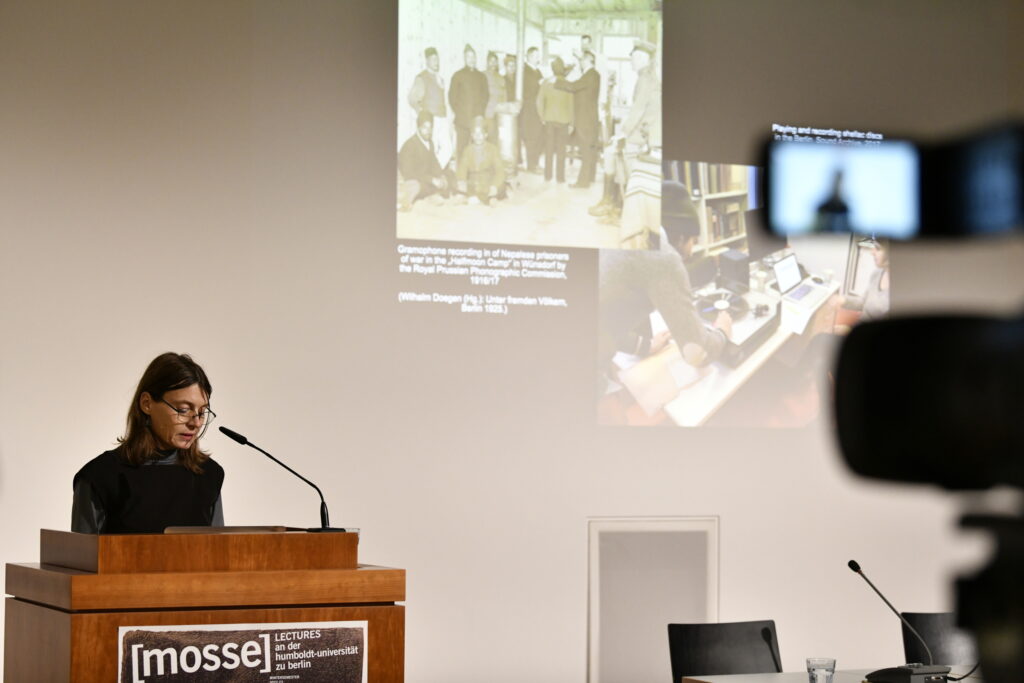
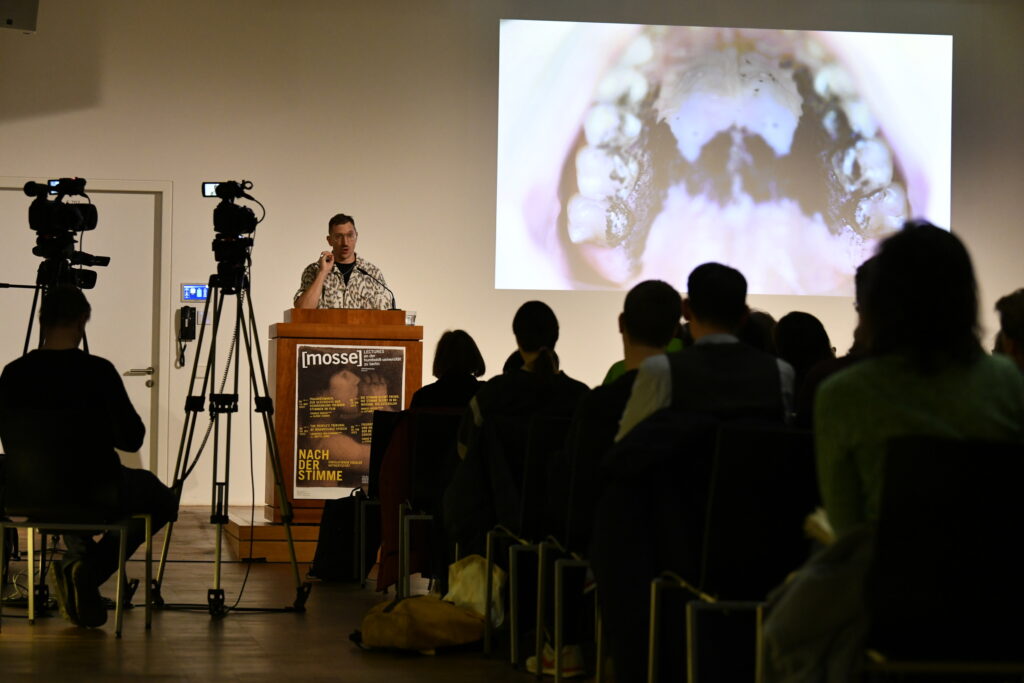
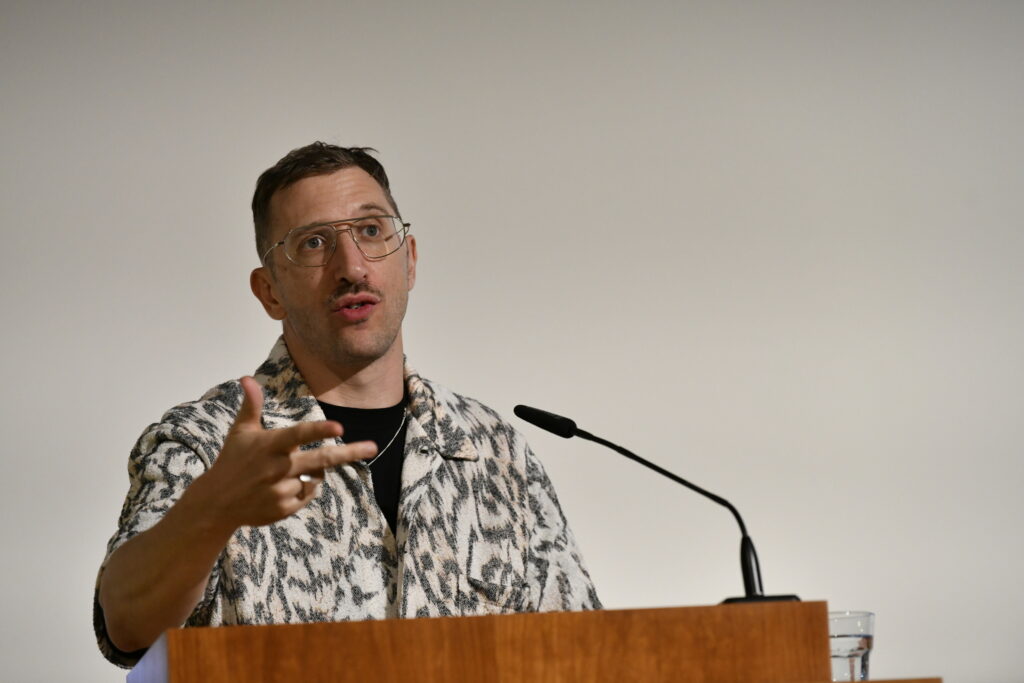
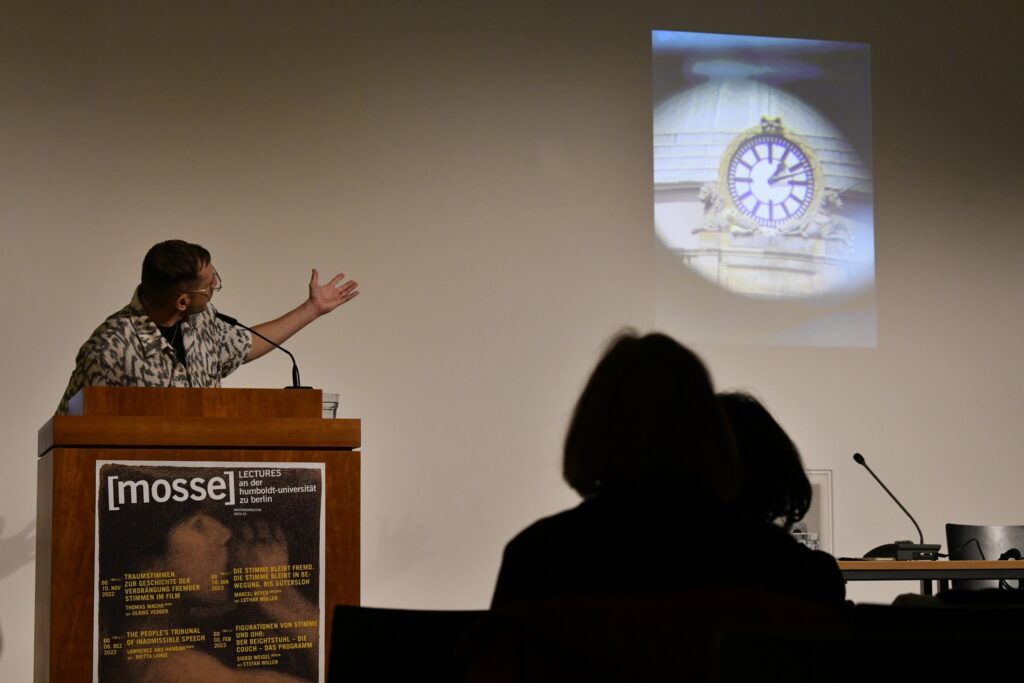
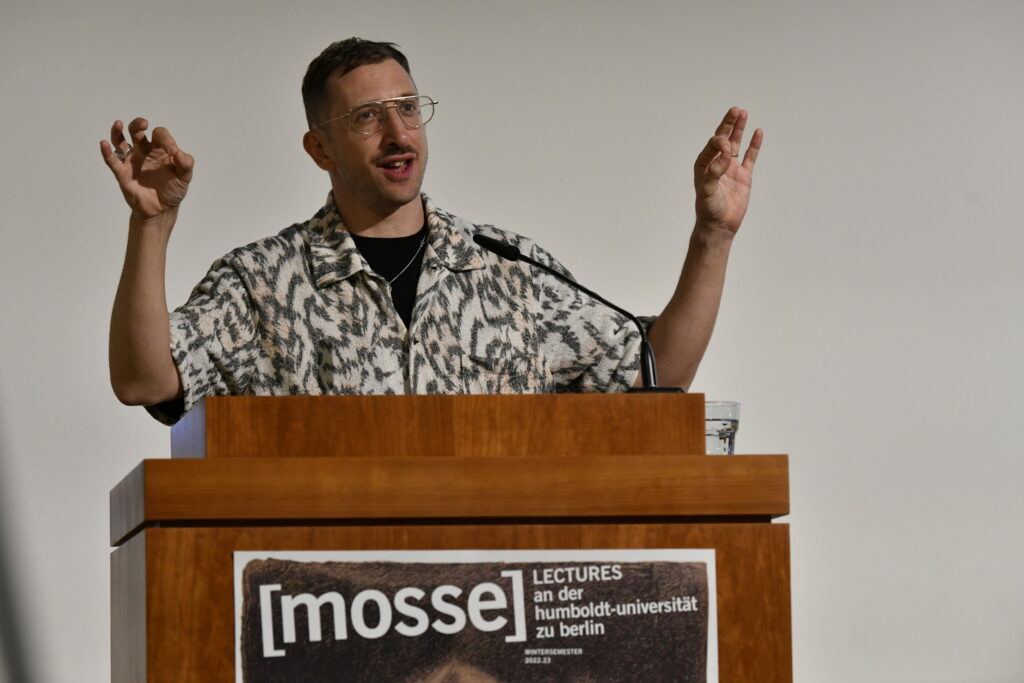
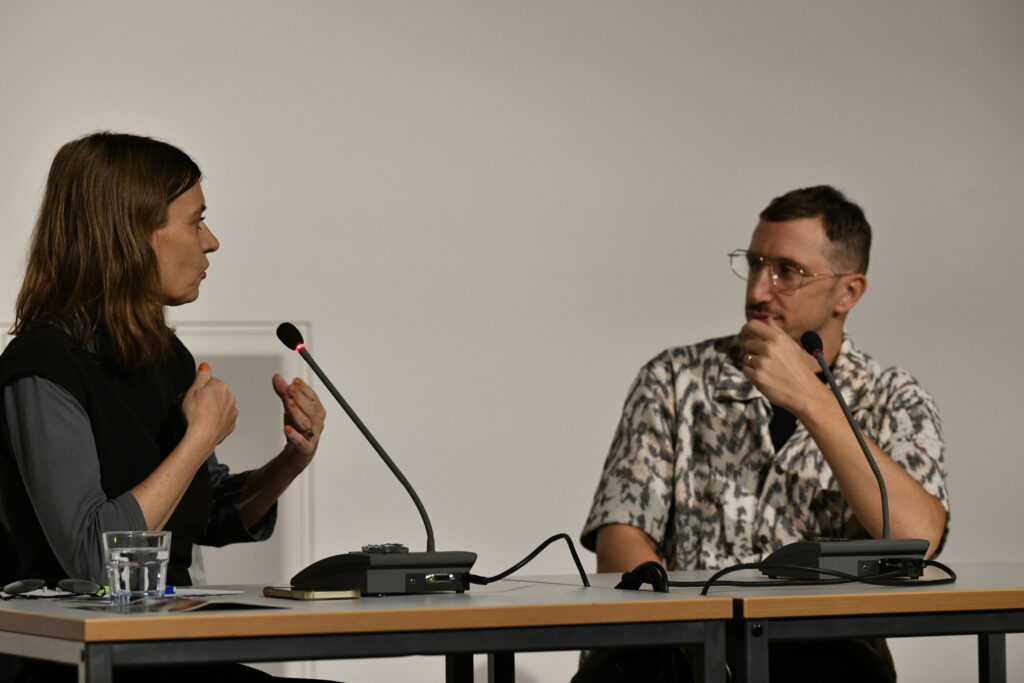
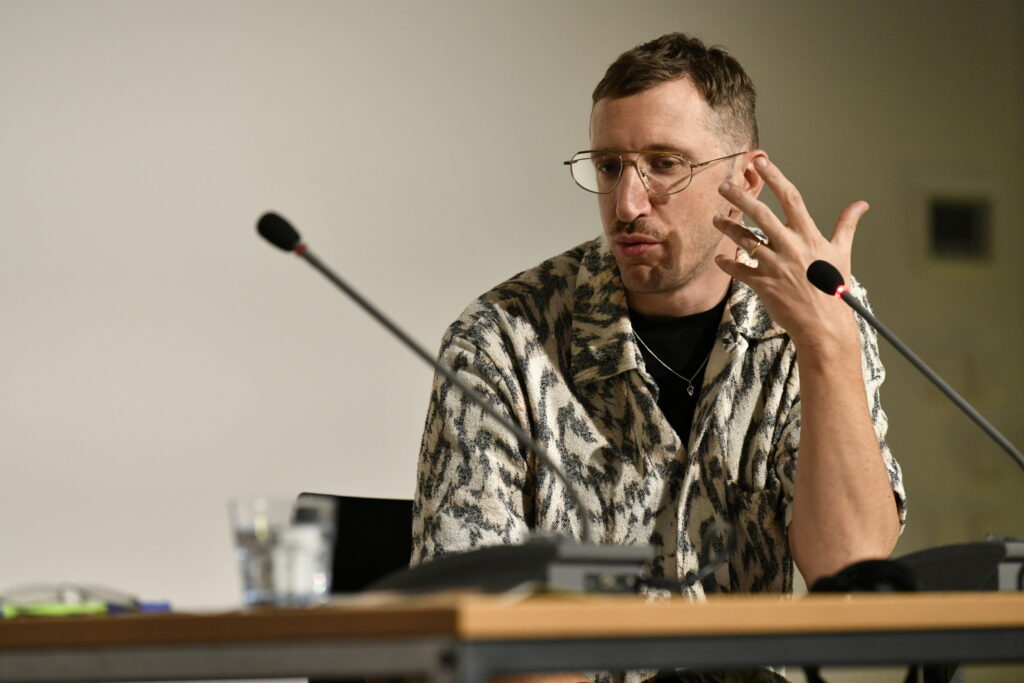
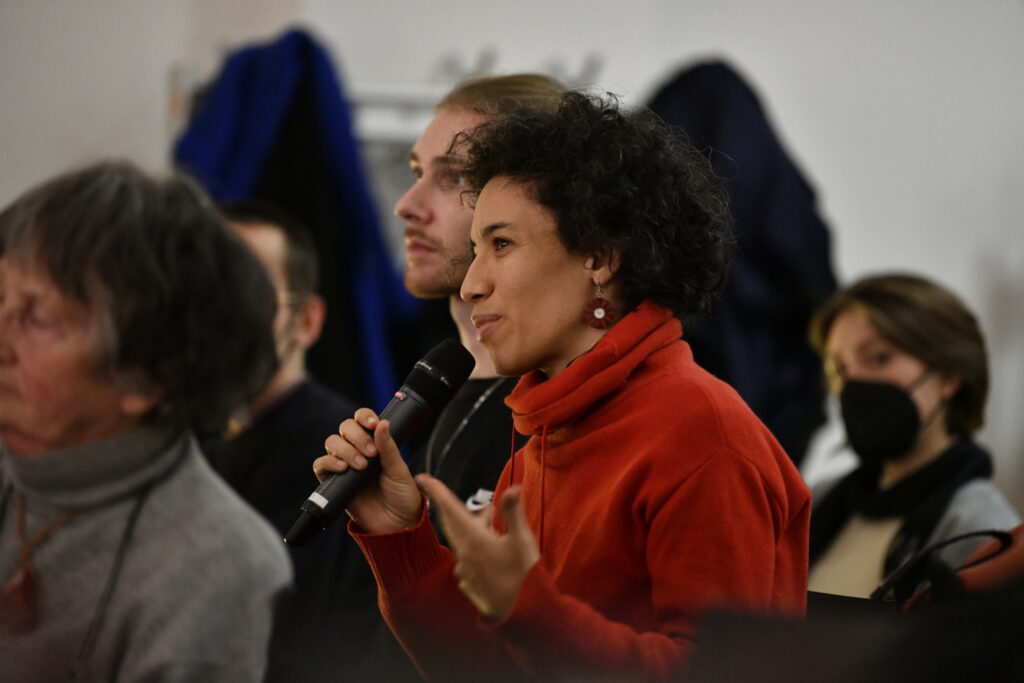
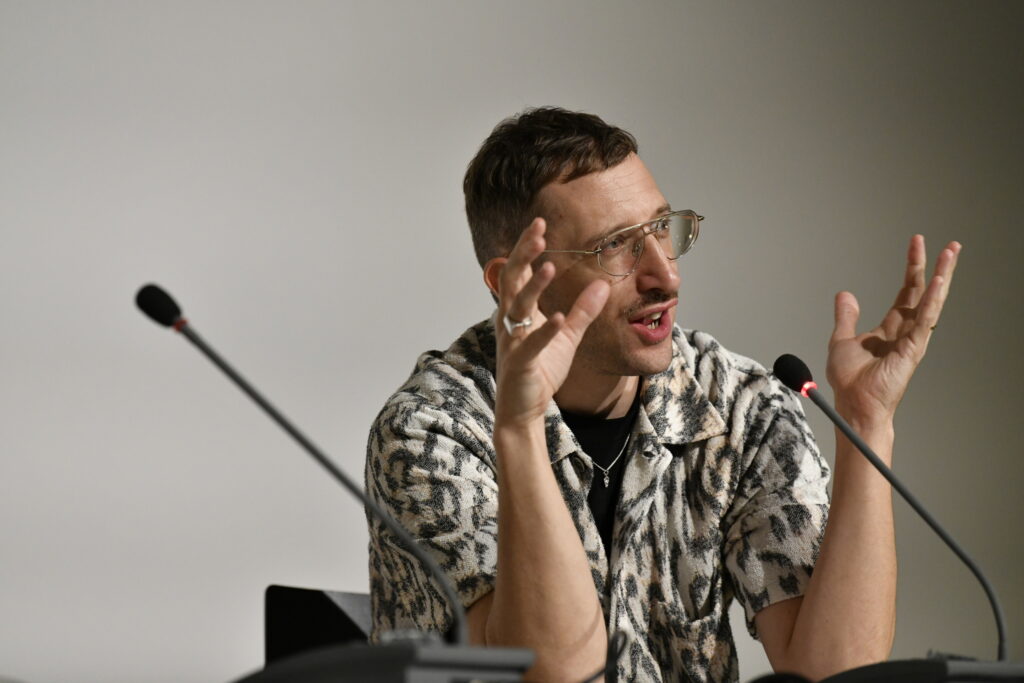
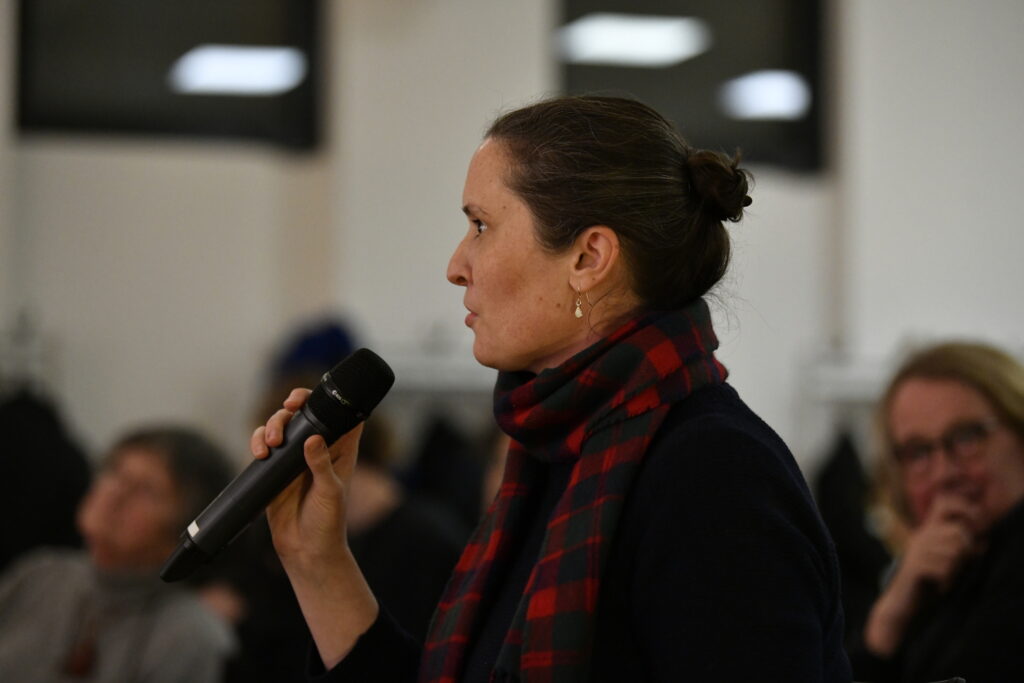
Marcel Beyer
»Die Stimme bleibt fremd. Die Stimme bleibt in Bewegung. Bis Gütersloh«
with Lothar Müller
Thursday, 19 January 2023 | 7.15 pm | Auditorium of Jacob-und-Wilhelm-Grimm-Zentrum, Geschwister-Scholl-Str. 1/3 (Berlin)*
Im Jahr 1877 macht der Phonograph die Stimme unabhängig von ihrer Quelle, dem menschlichen Körper,. Stimmen beginnen zu reisen, sie reisen weiter und intensiver, als es Menschen bis heute tun. Sie reisen ihren Quellen voraus, mitunter ist es, als wären sie Vorboten der körperlichen Präsenz: Erst erreicht die Stimme von Elvis Presley Westdeutschland, dann trifft er selbst am 1. Oktober 1958 in Bremerhaven ein. Und eine Stimme reist noch lange umher, nachdem der Mensch, dem sie gehörte, auf einer Reise den Tod gefunden hat wie etwa der serbische Sänger Šaban Šaulić im Februar 2019 bei der Rückfahrt von einem Auftritt auf der A2 bei Gütersloh.
gallery:
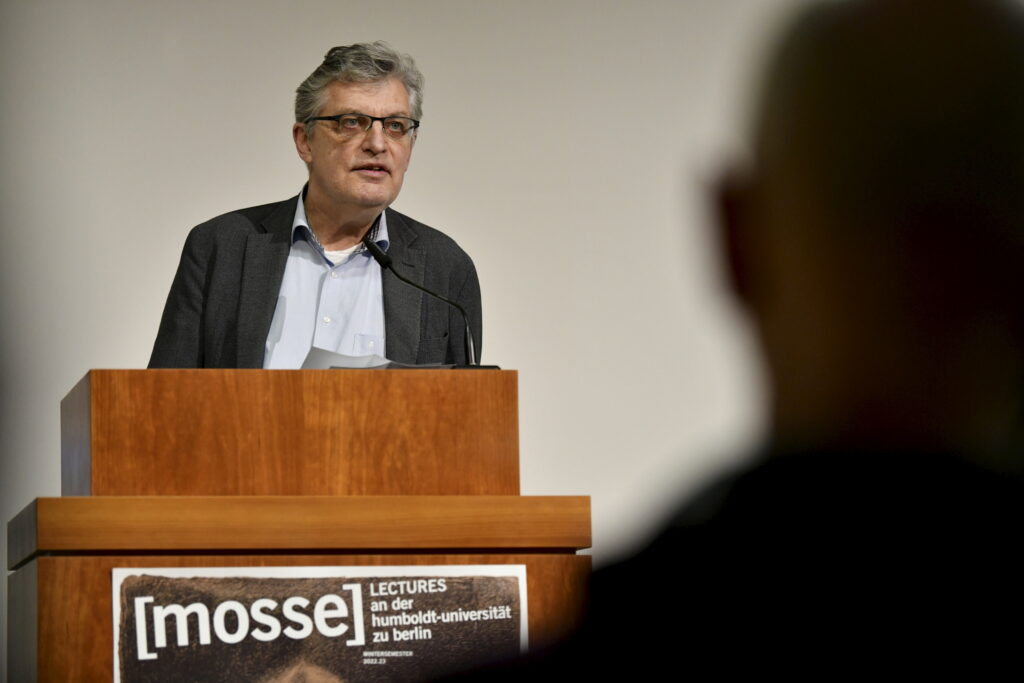
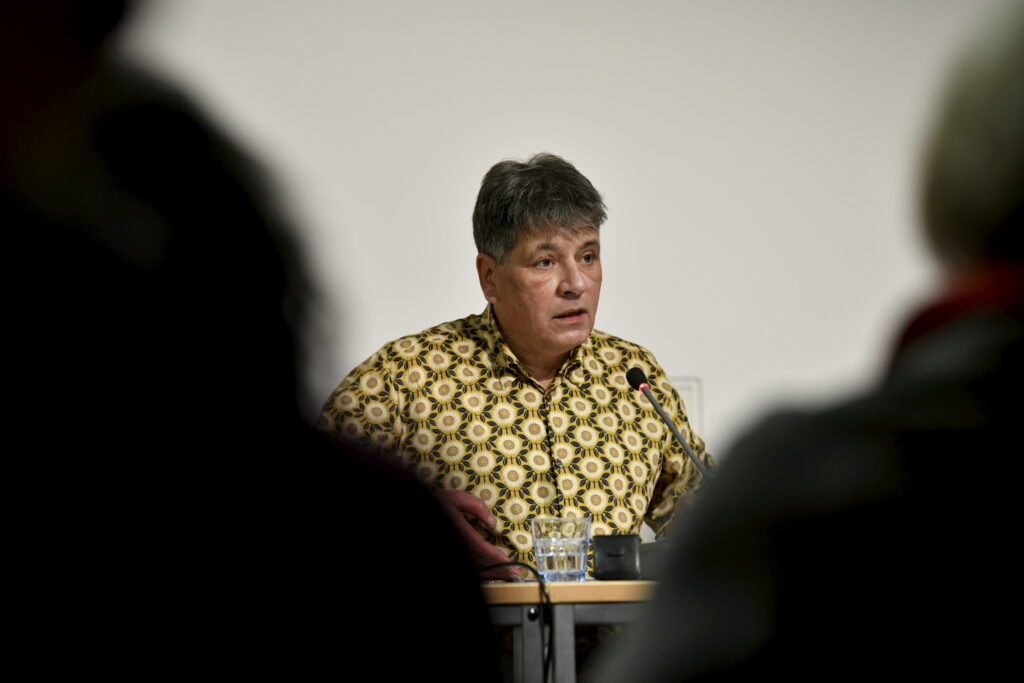
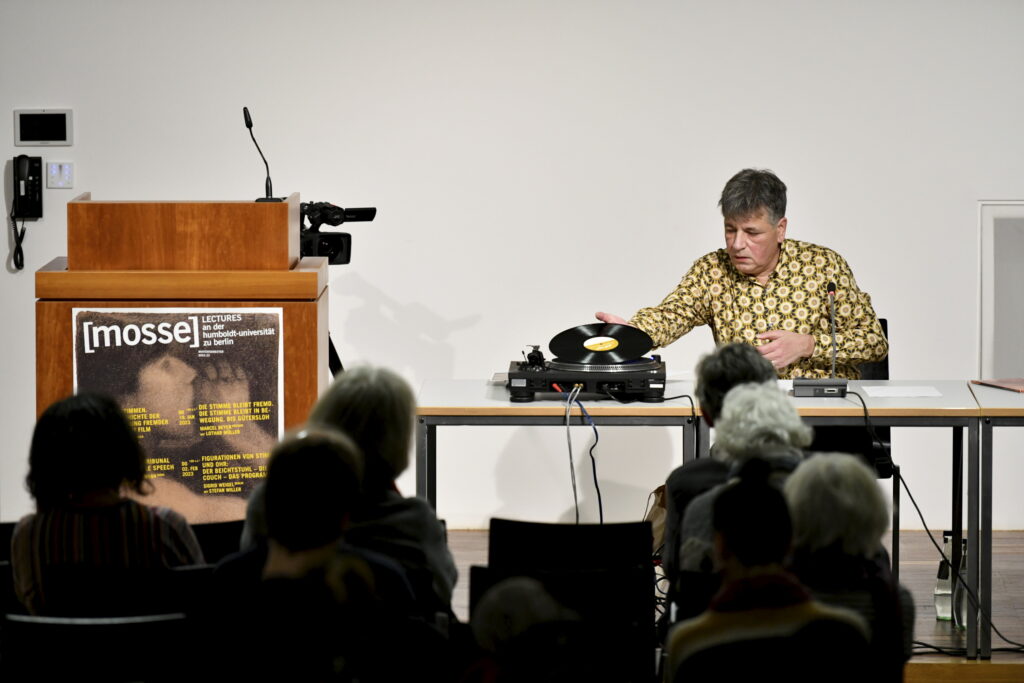
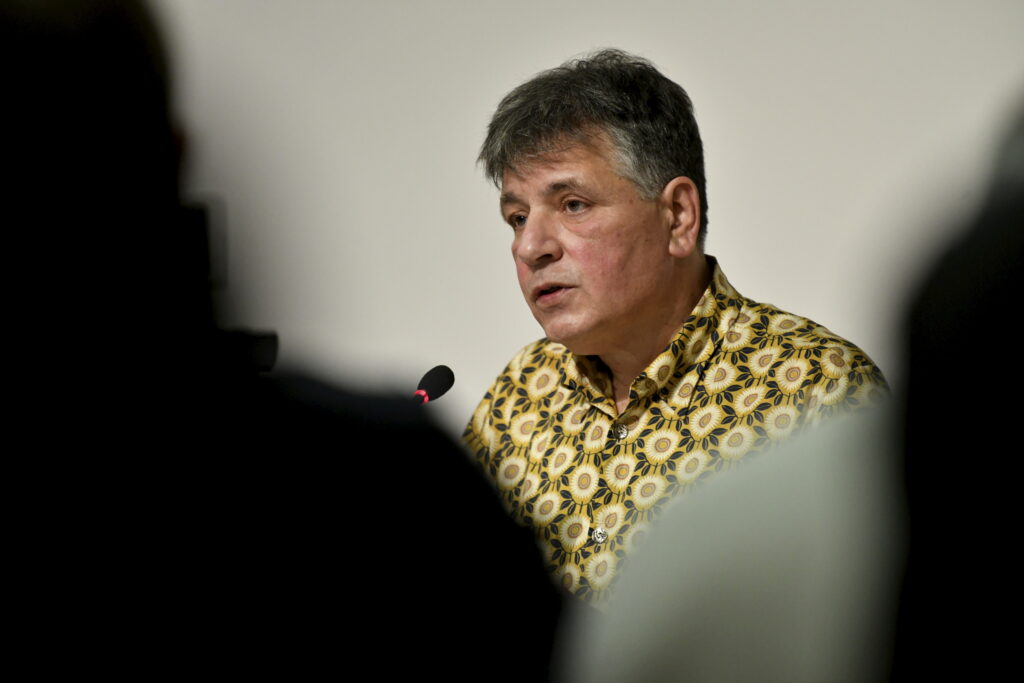
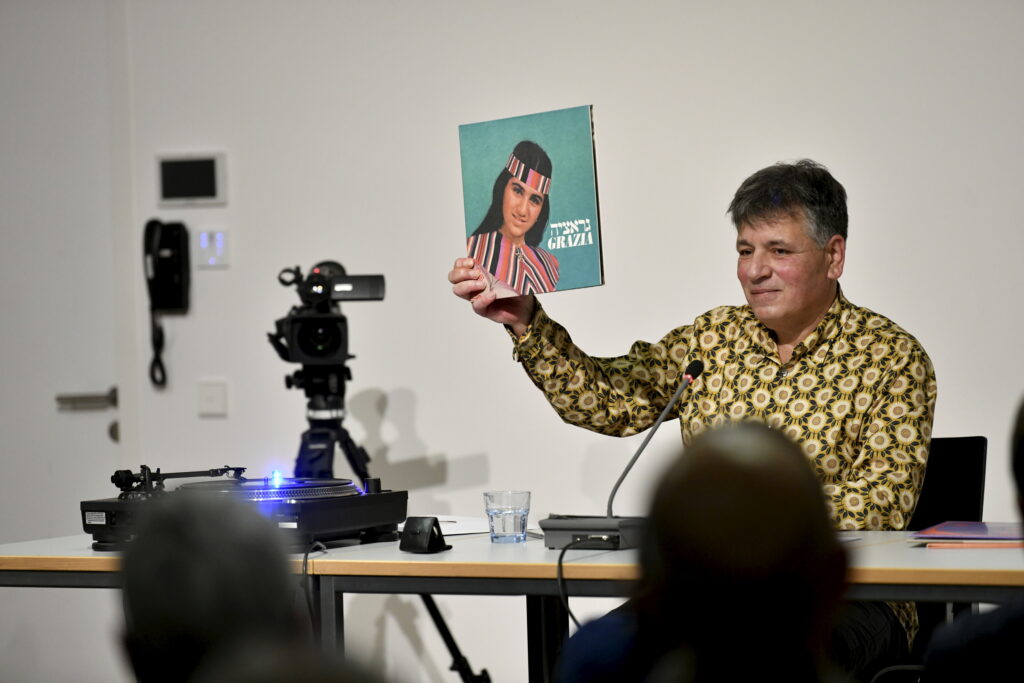
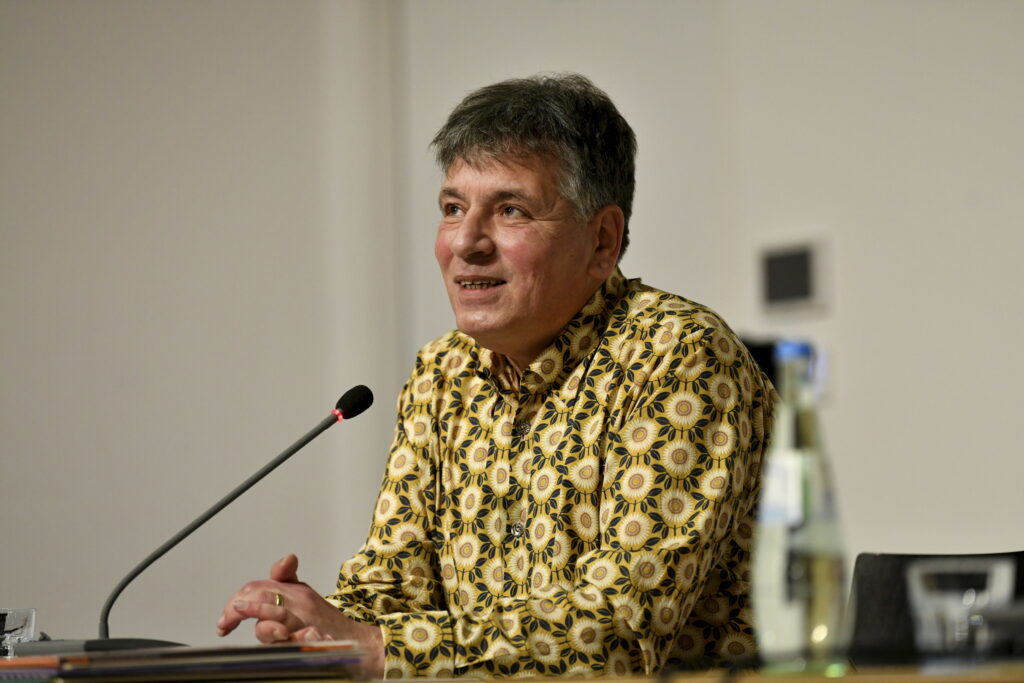
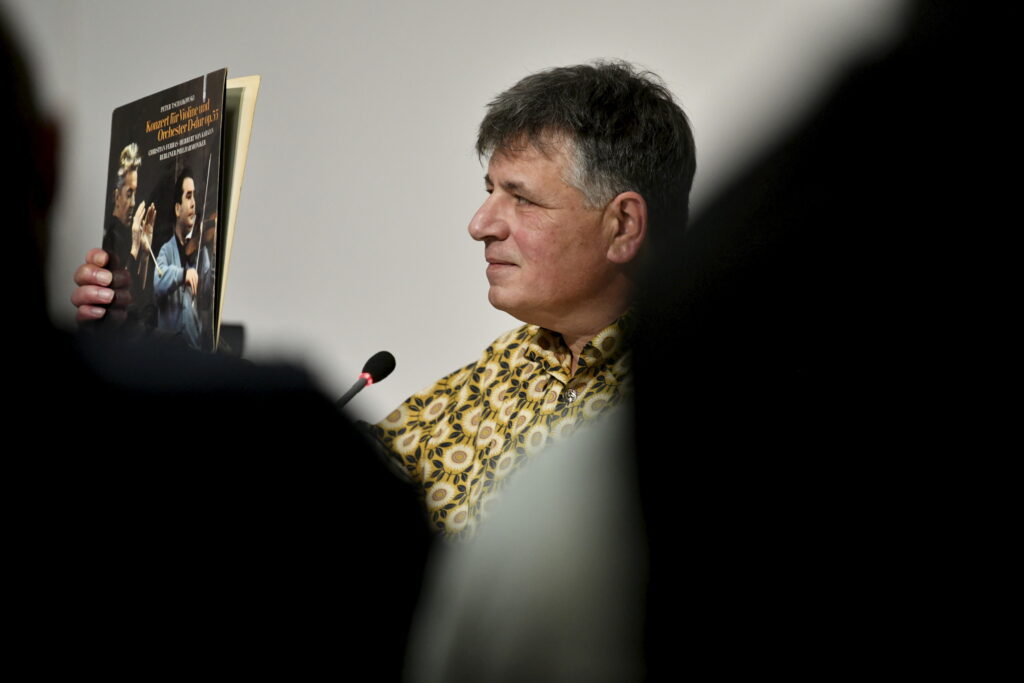
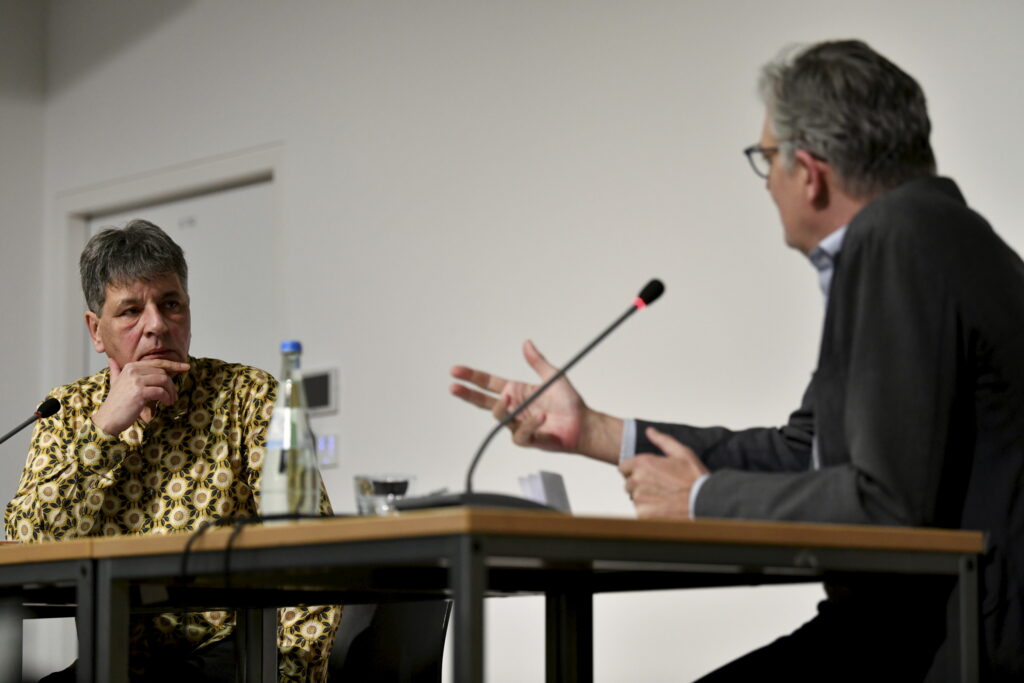
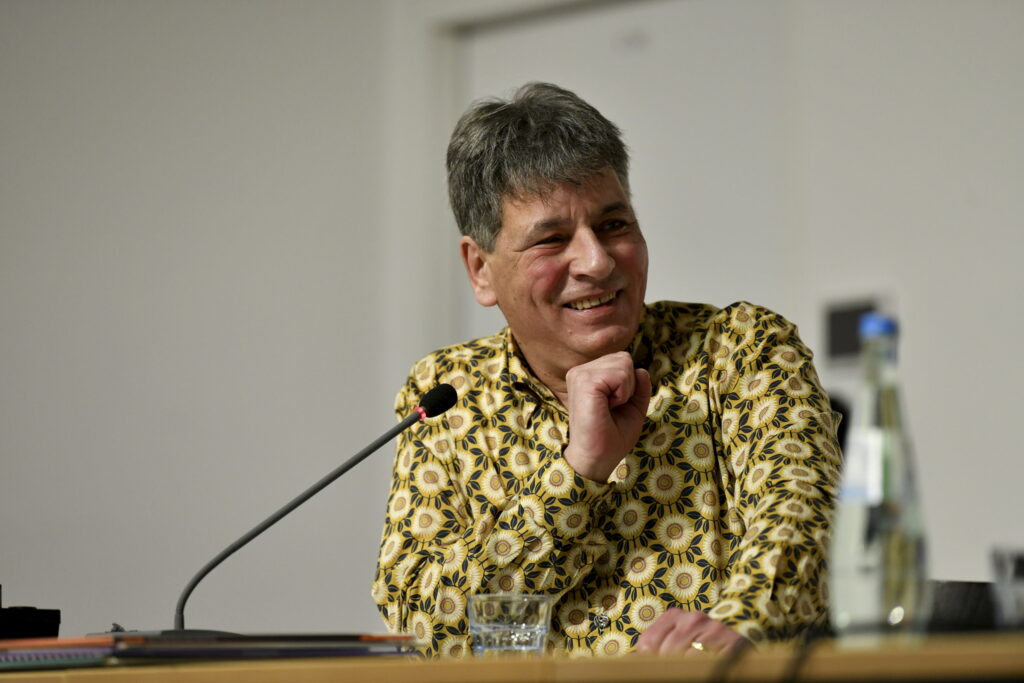
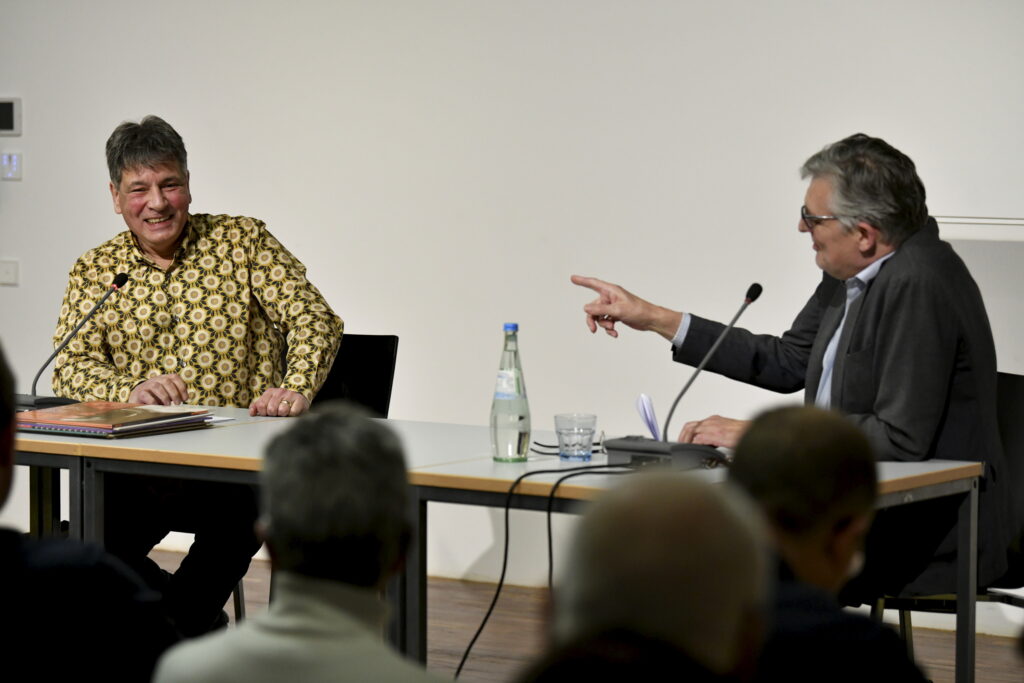
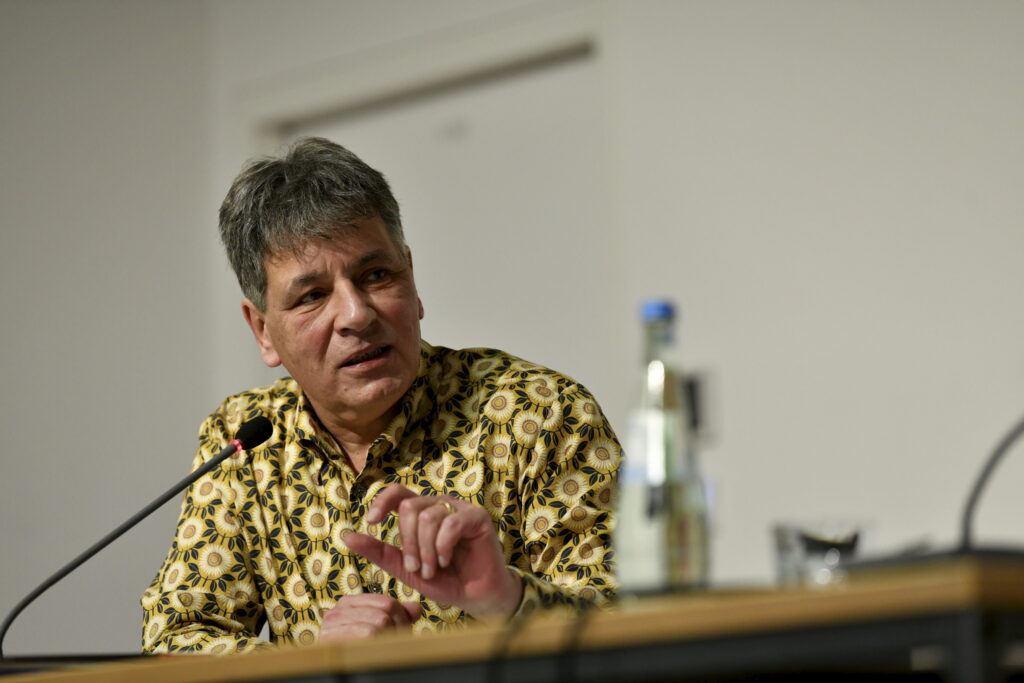
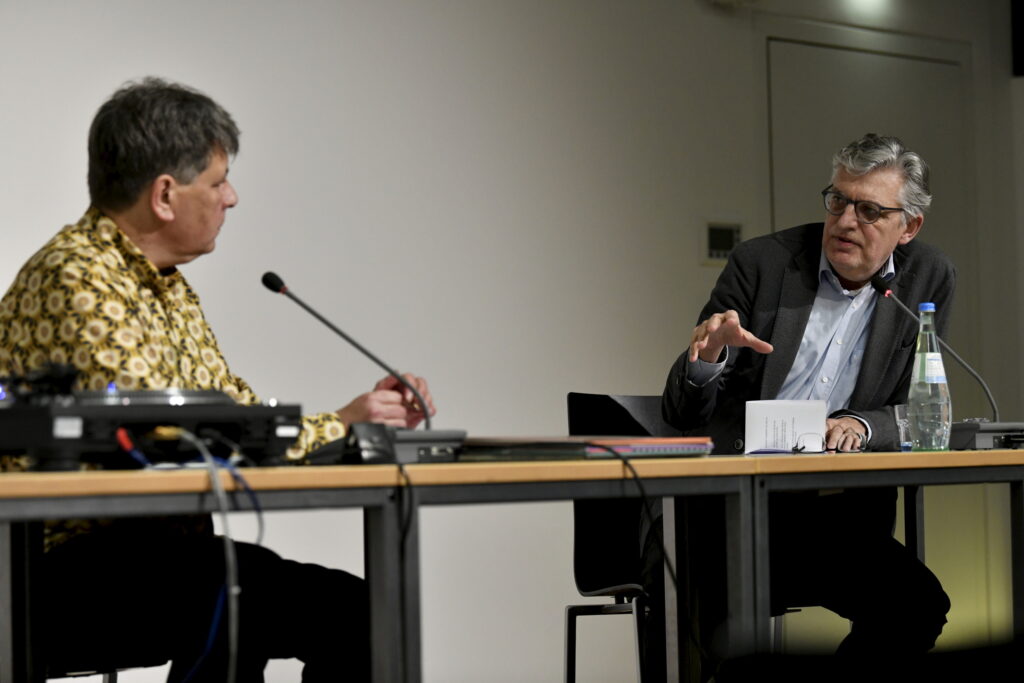
Sigrid Weigel
»Figurationen von Stimme und Ohr: der Beichtstuhl – die Couch – das Programm«
with Stefan Willer
Thursday, 2 February 2023 | 7.15 pm | Auditorium of Jacob-und-Wilhelm-Grimm-Zentrum, Geschwister-Scholl-Str. 1/3 (Berlin)*
gallery:
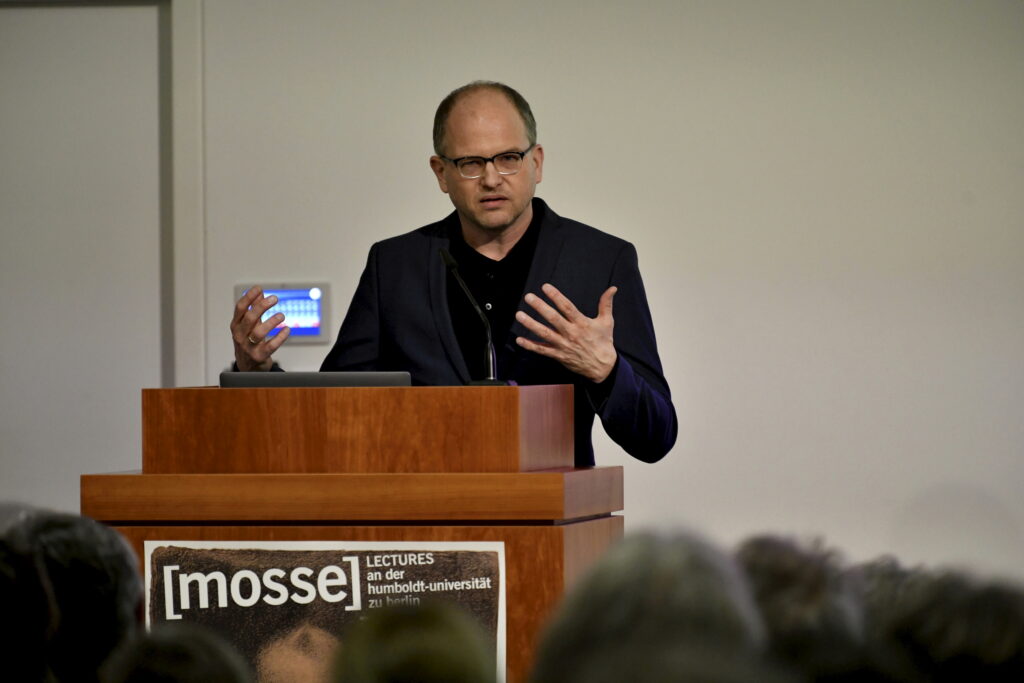
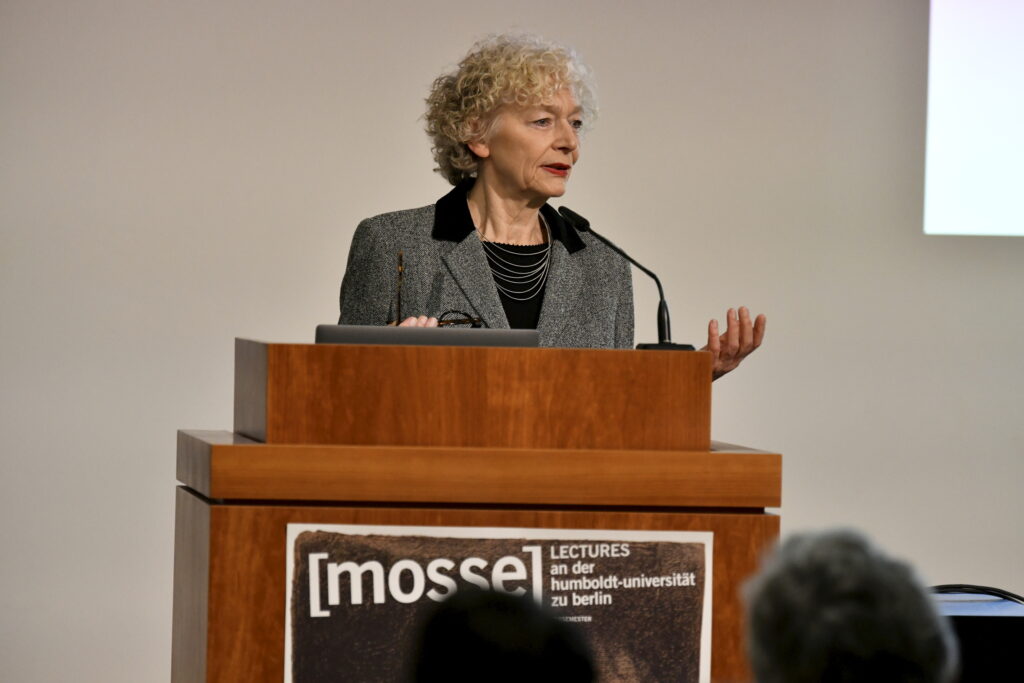
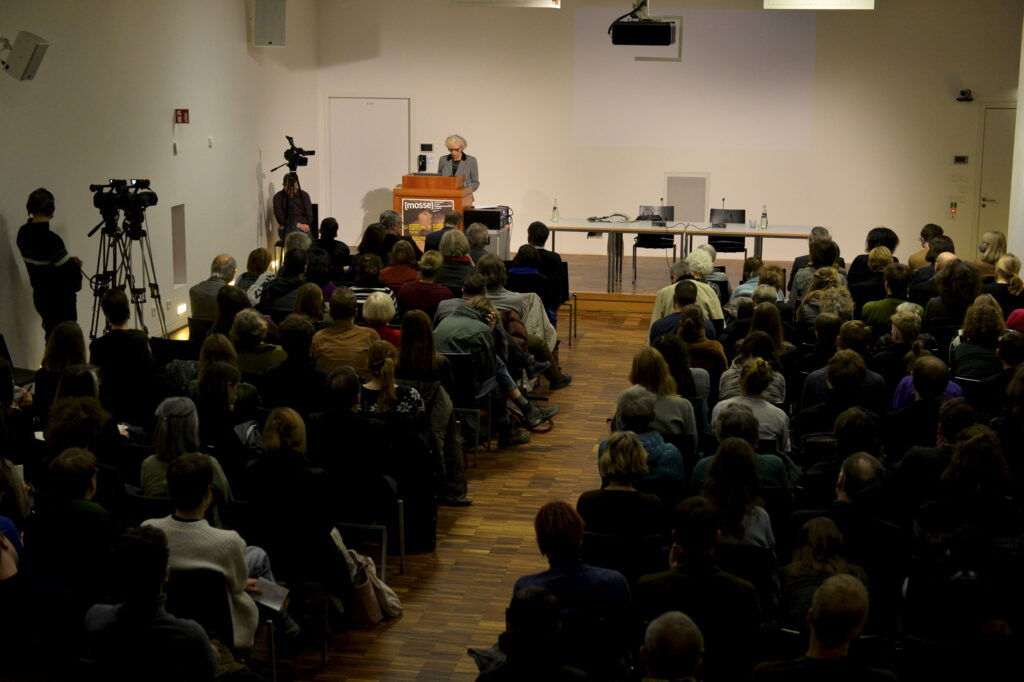
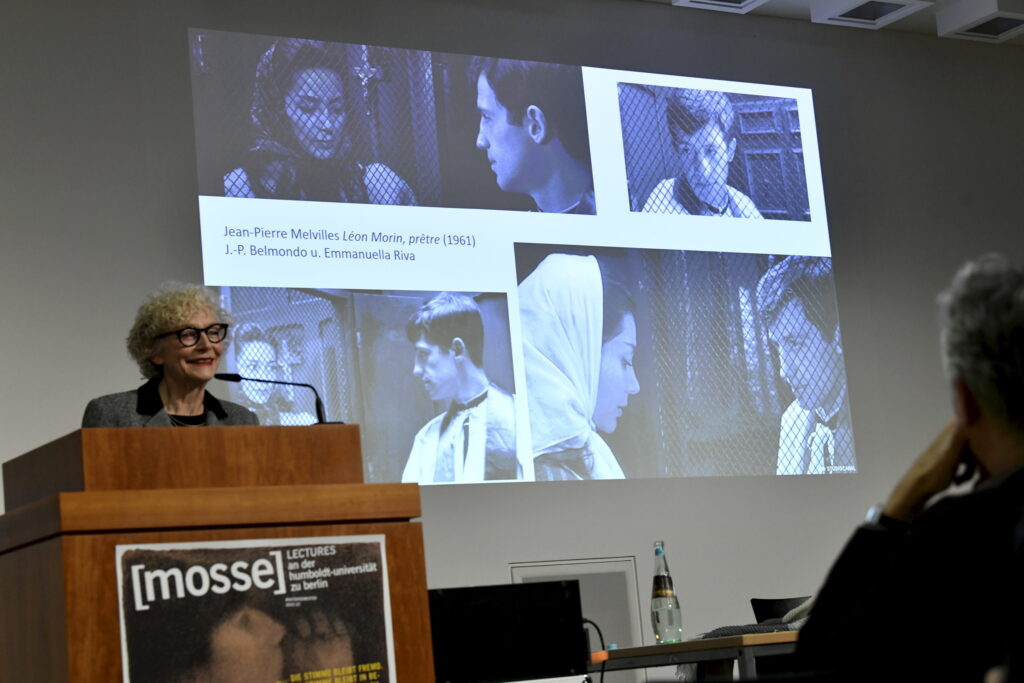
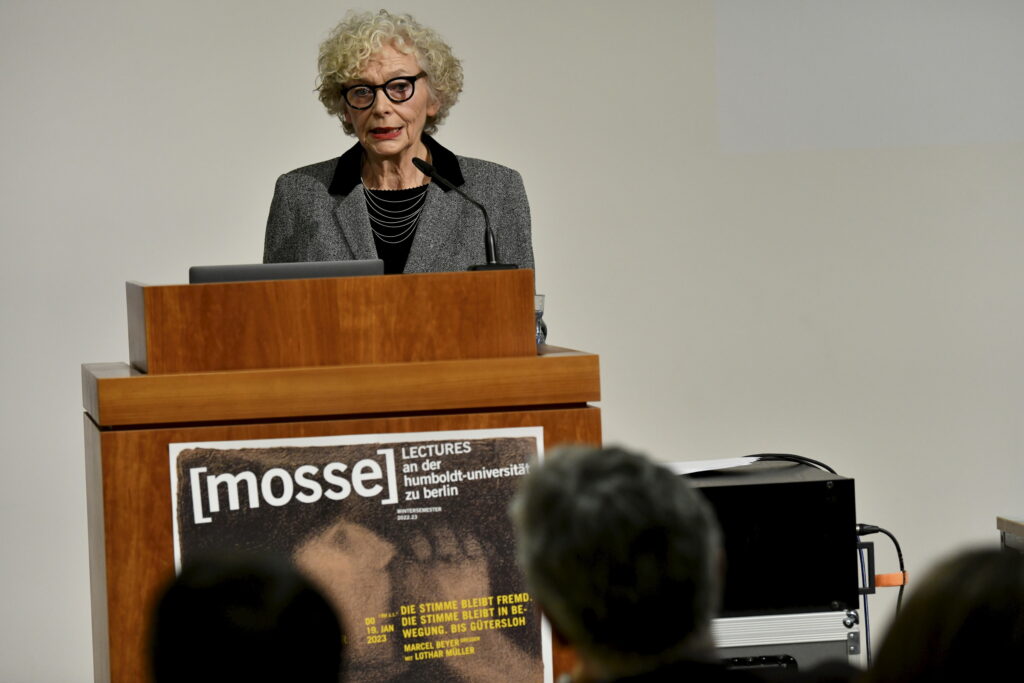
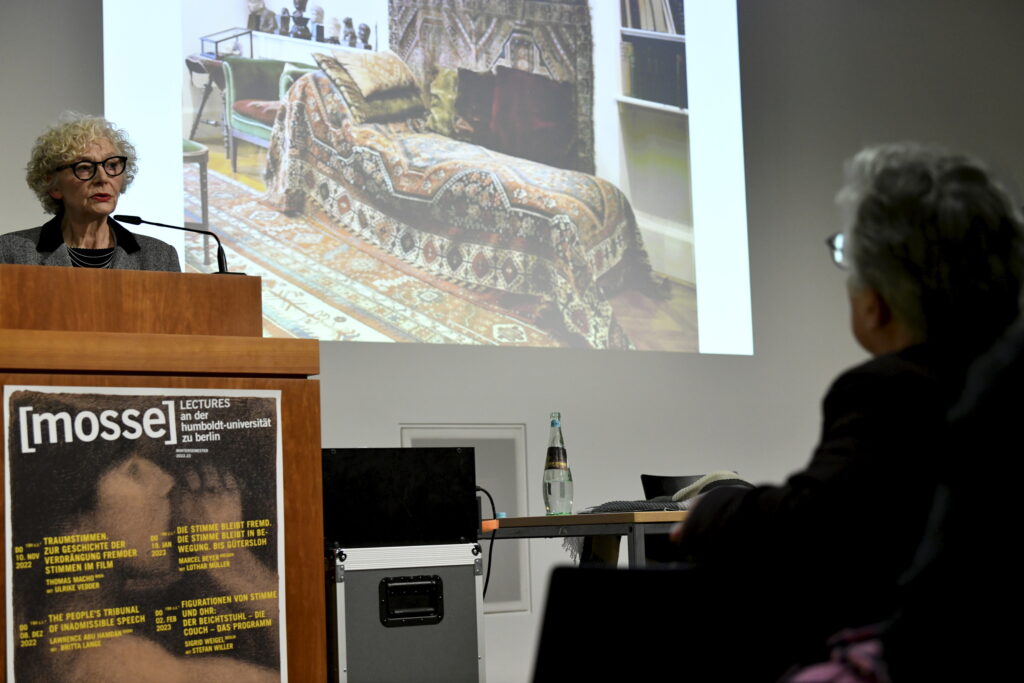
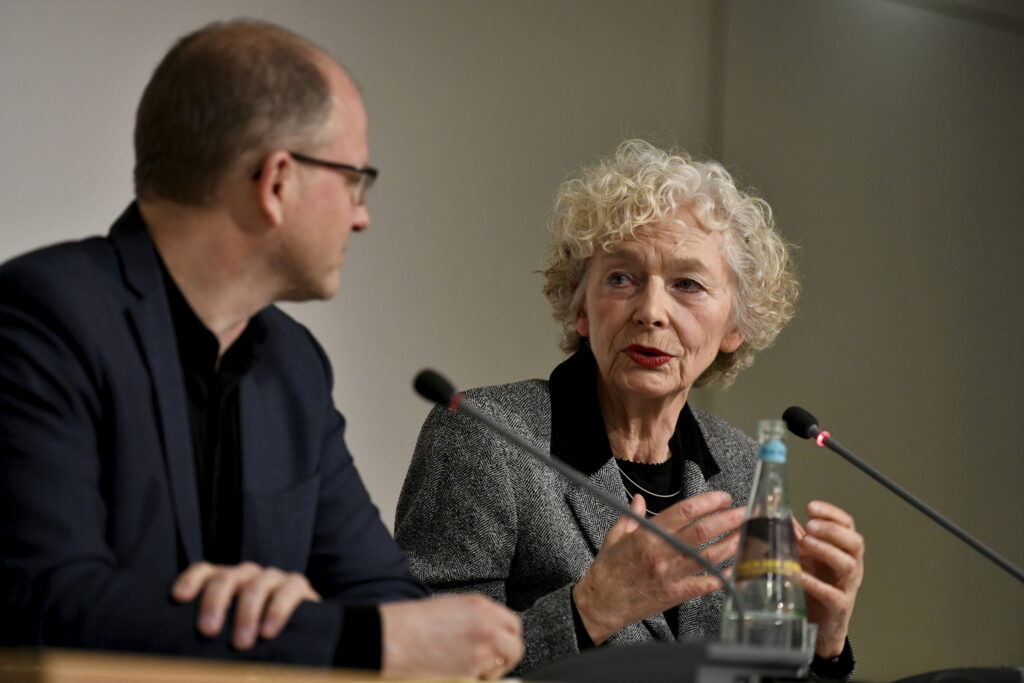
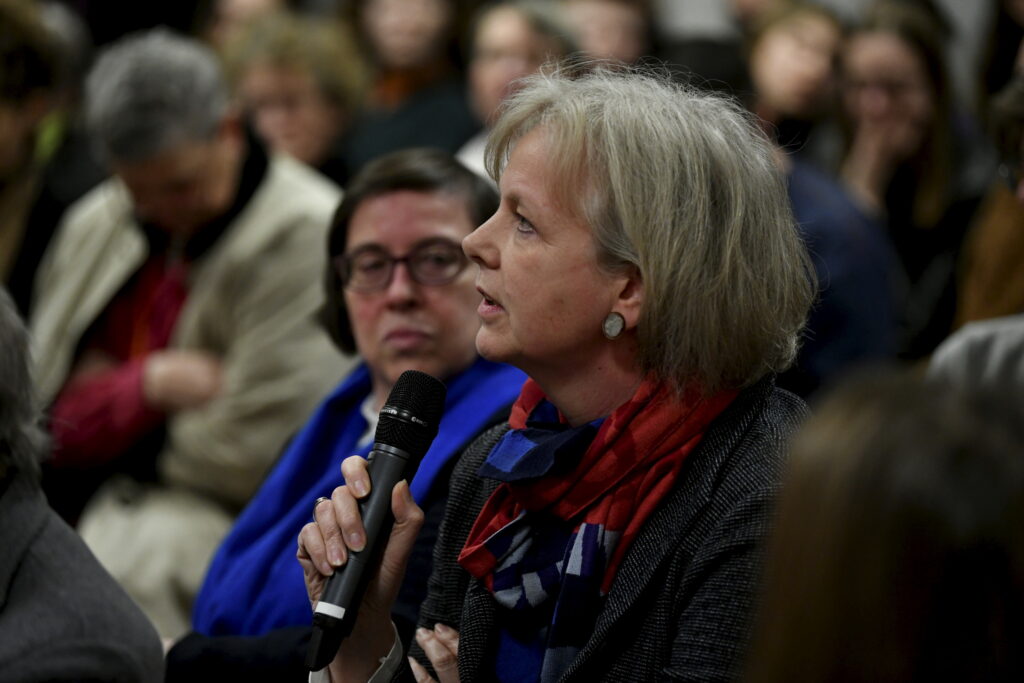
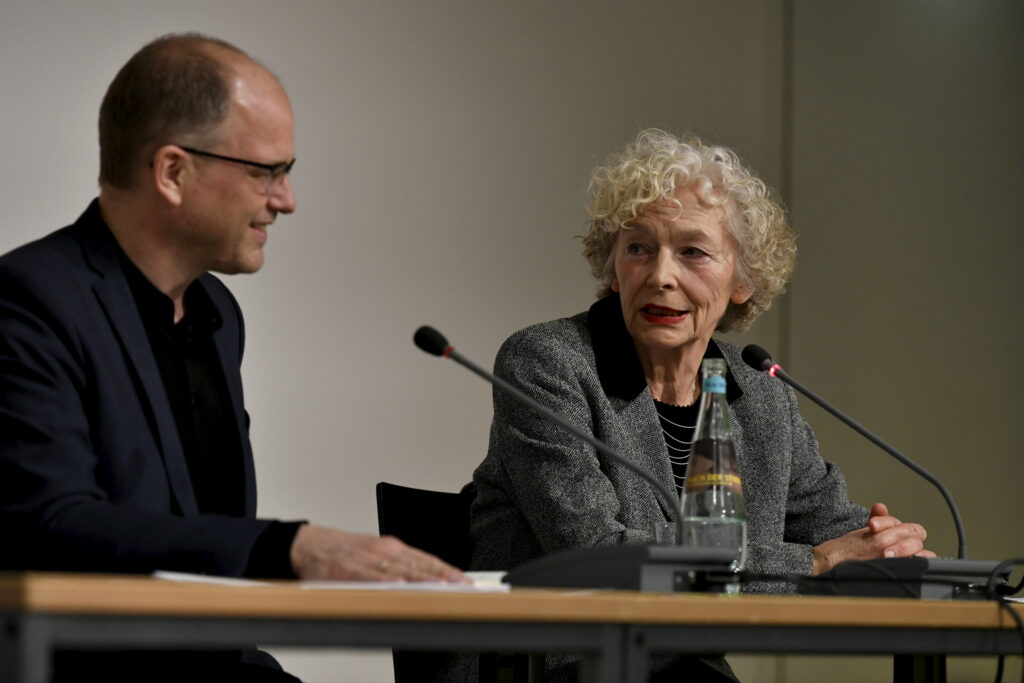
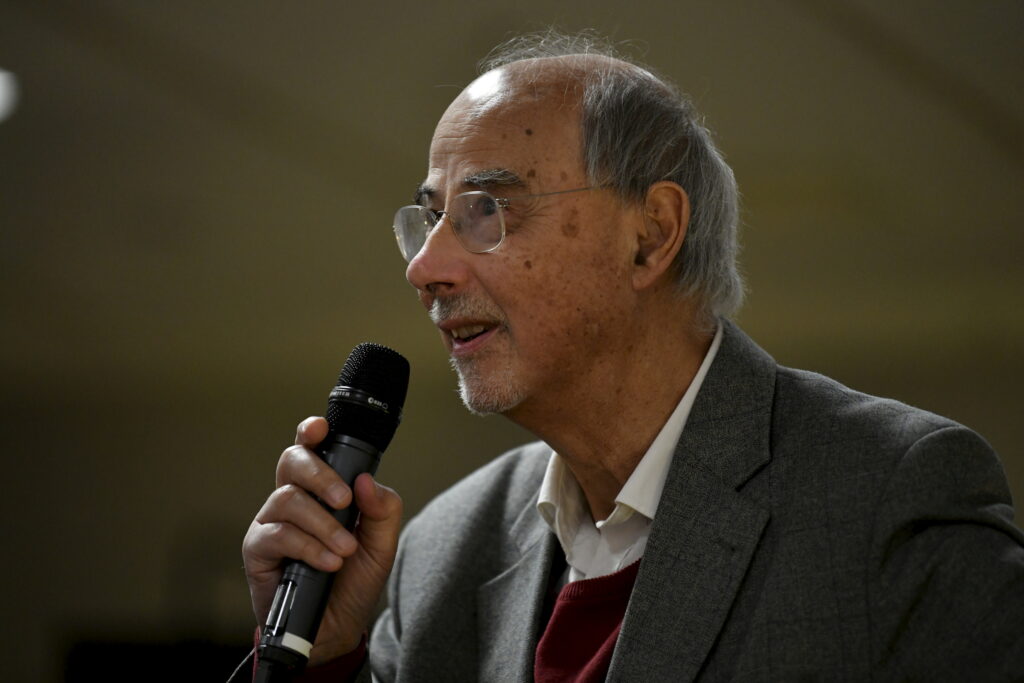
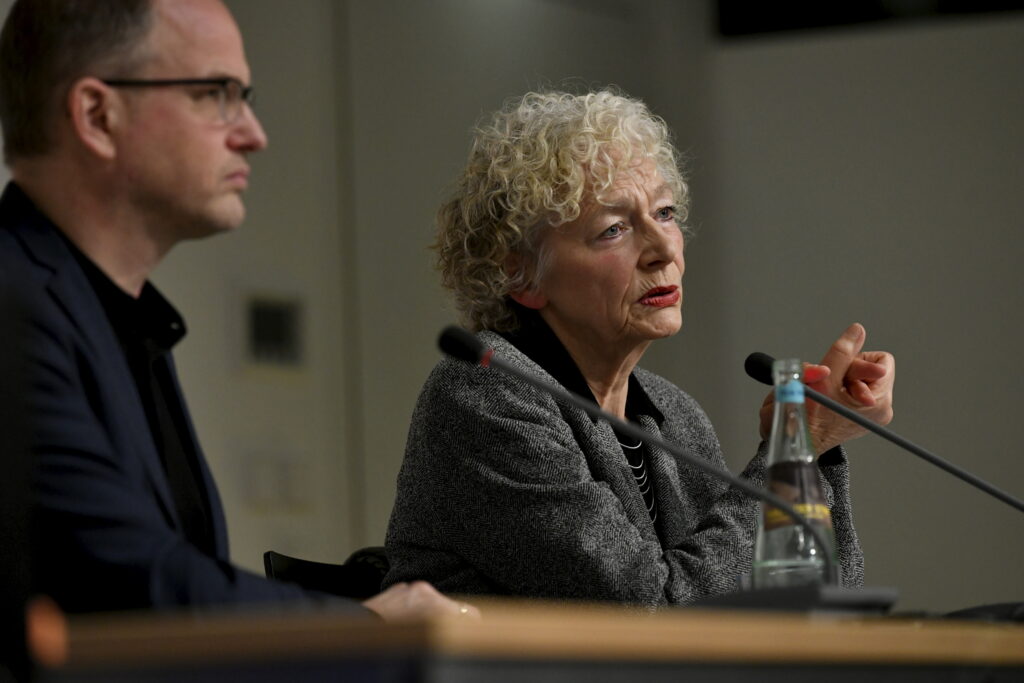
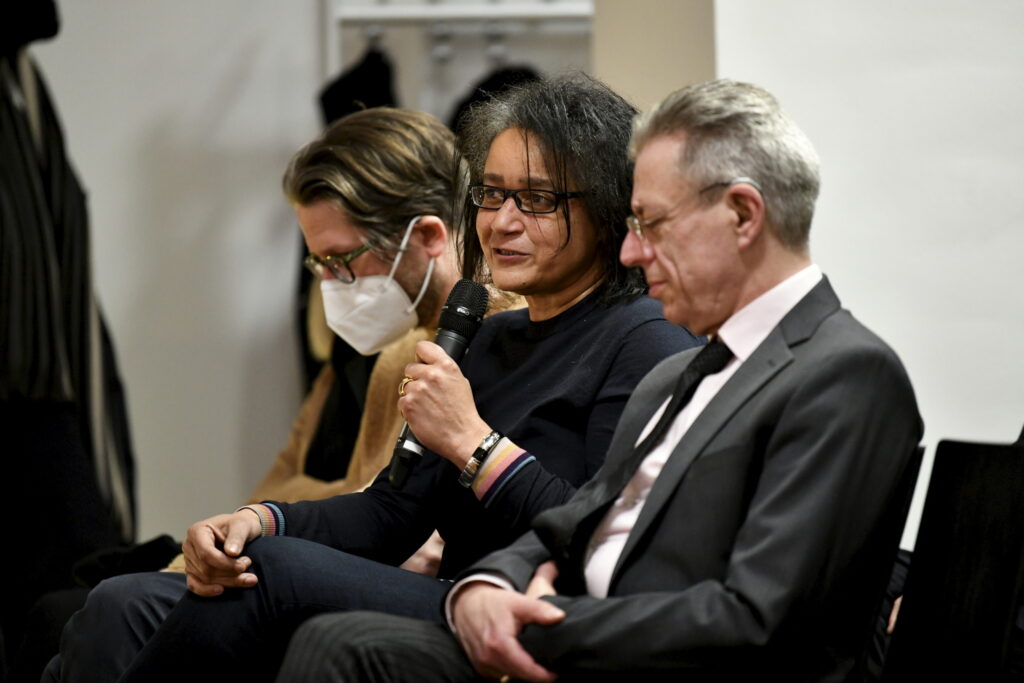
*The location has barrier-free access.


